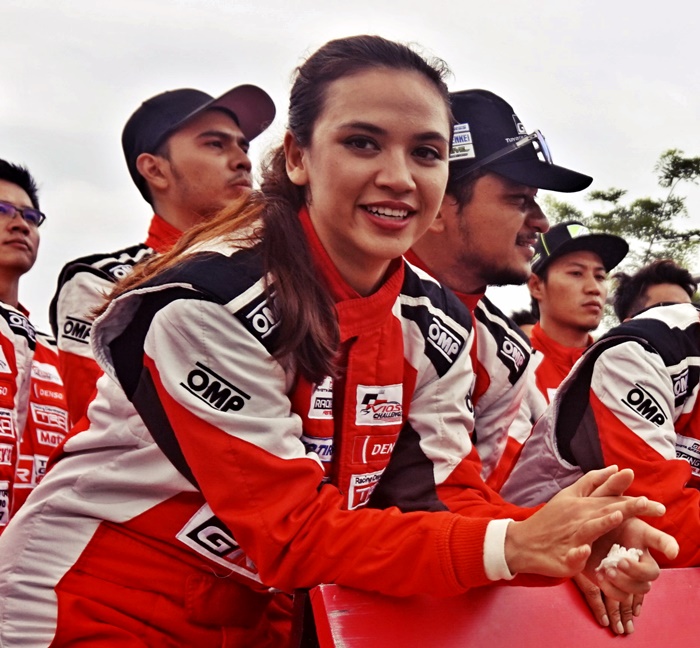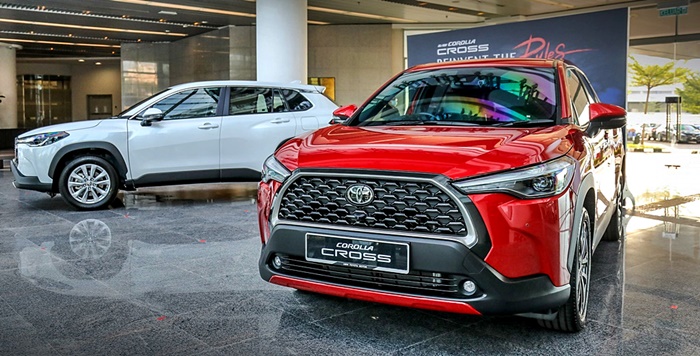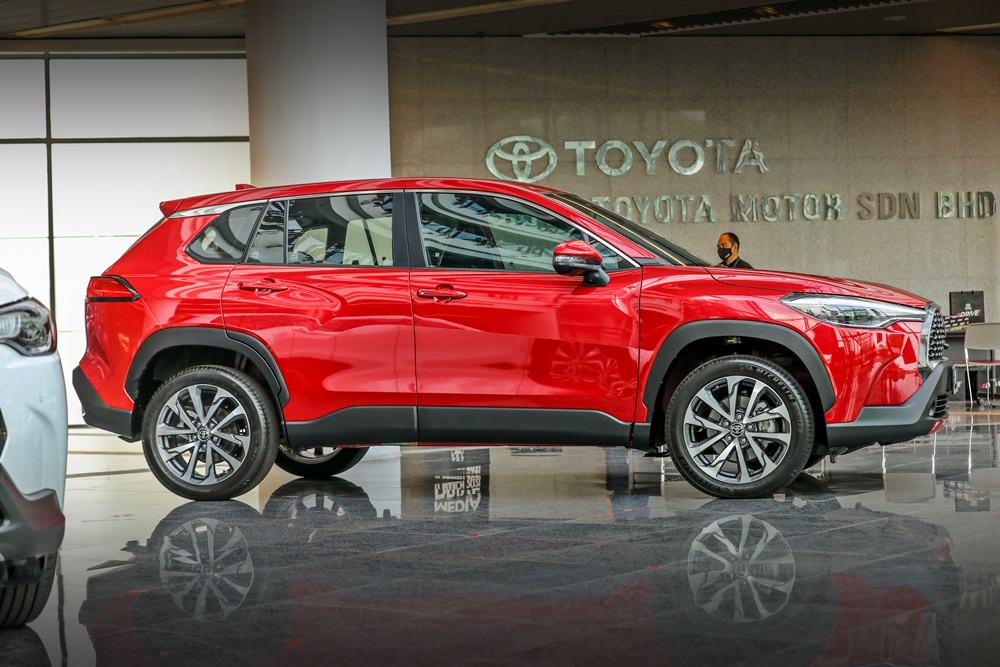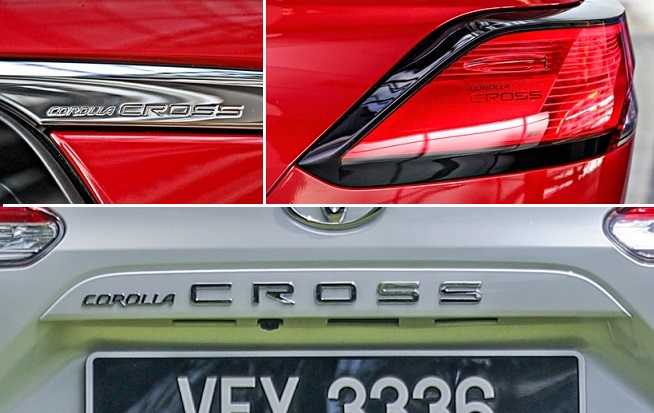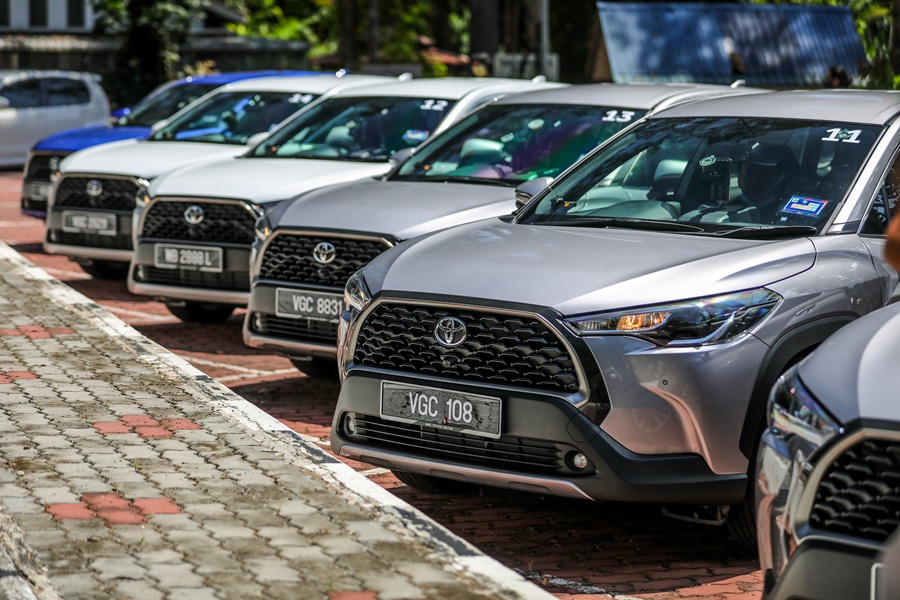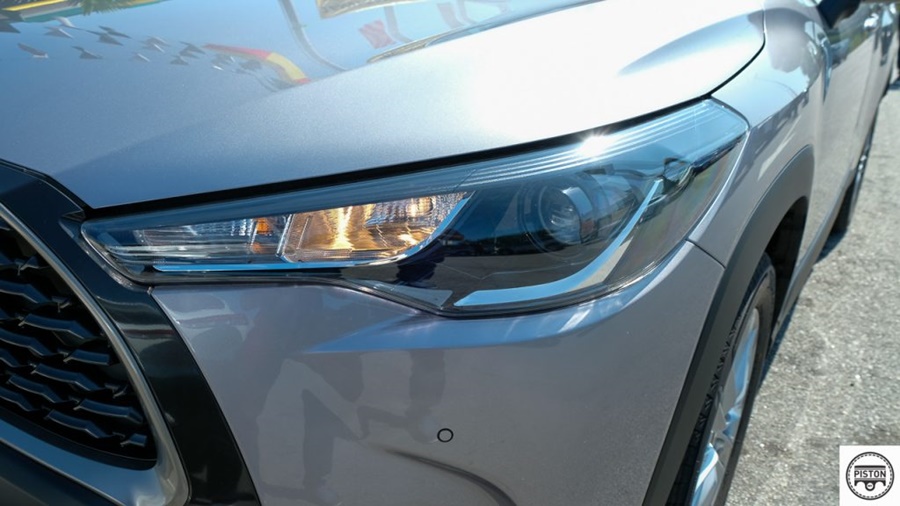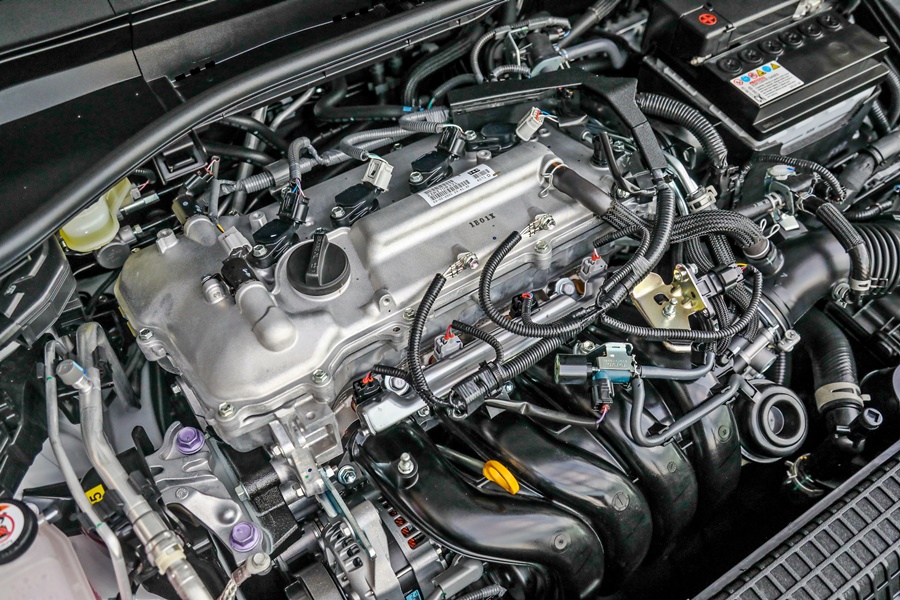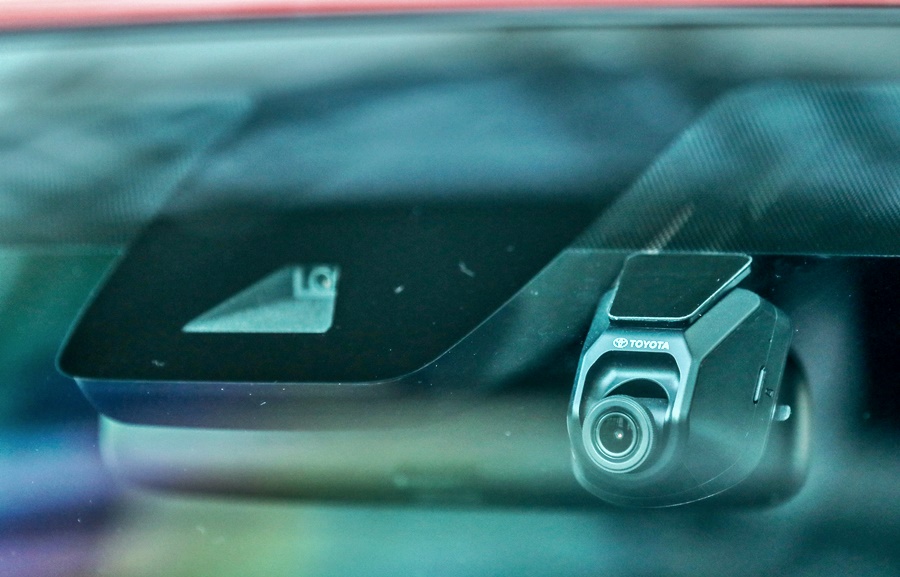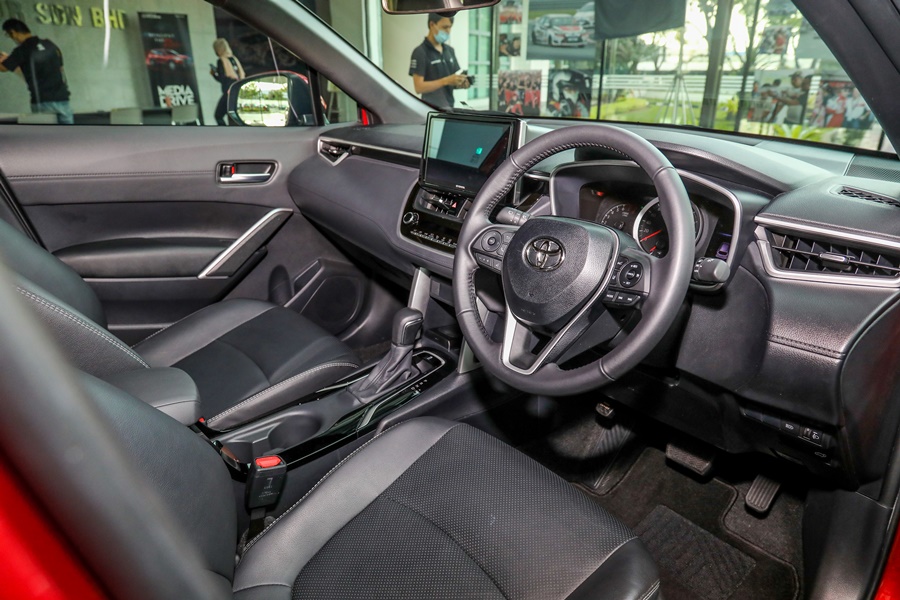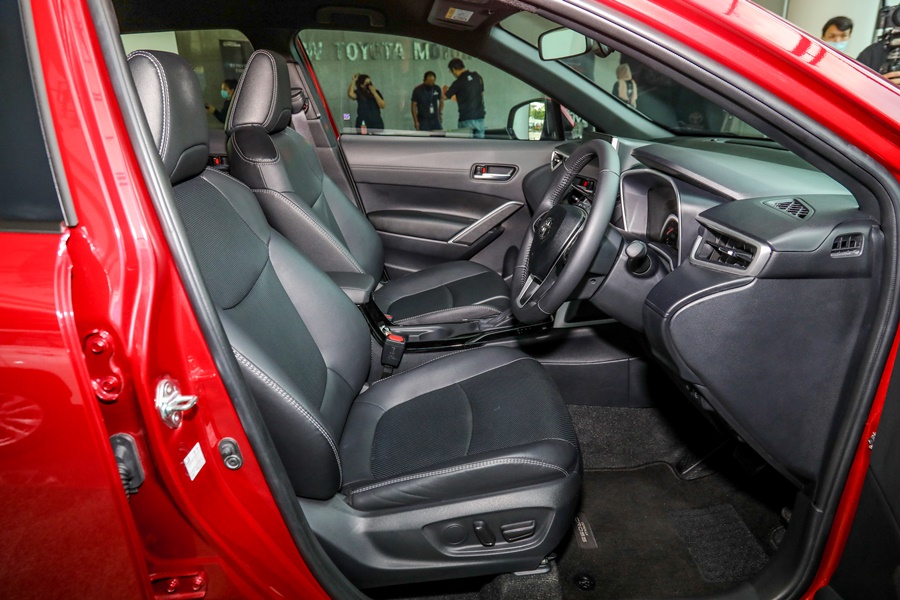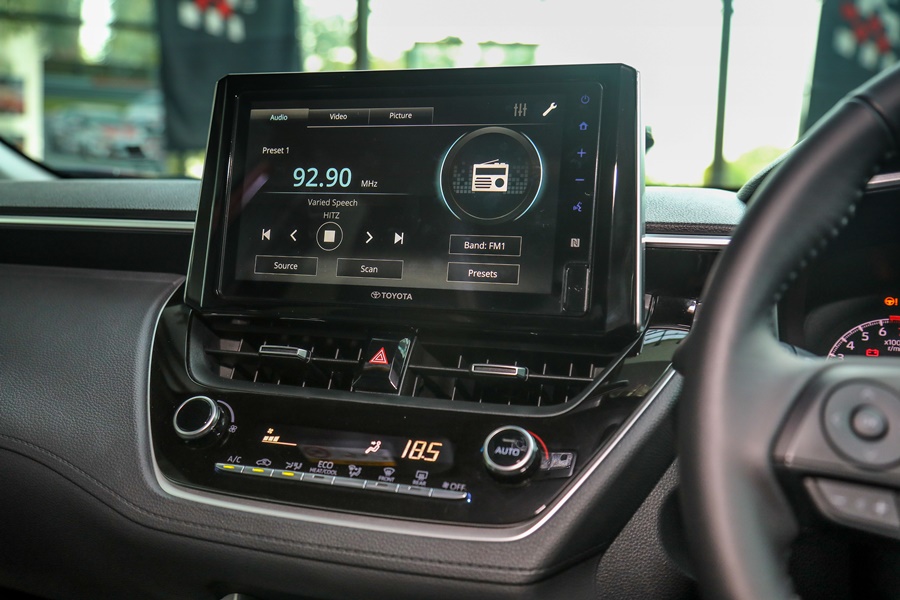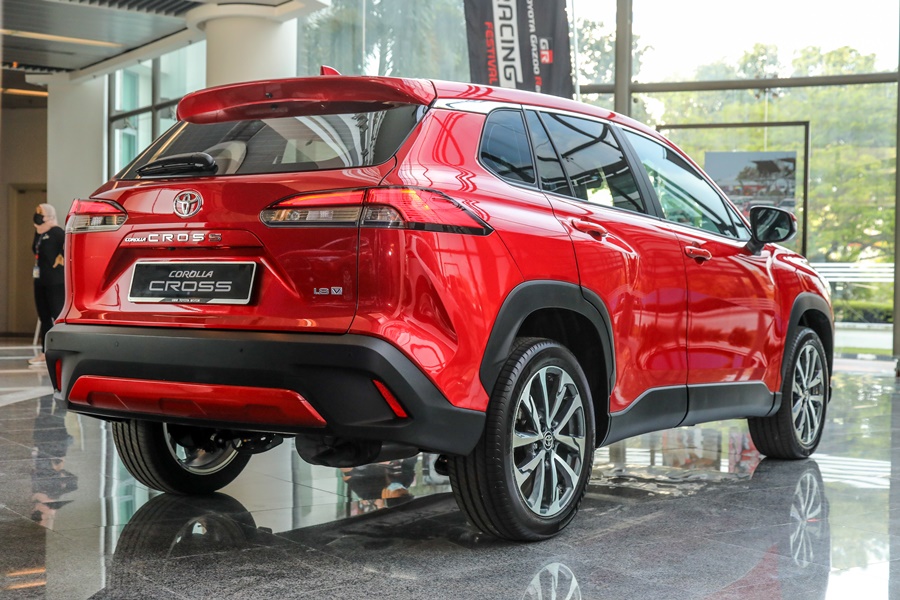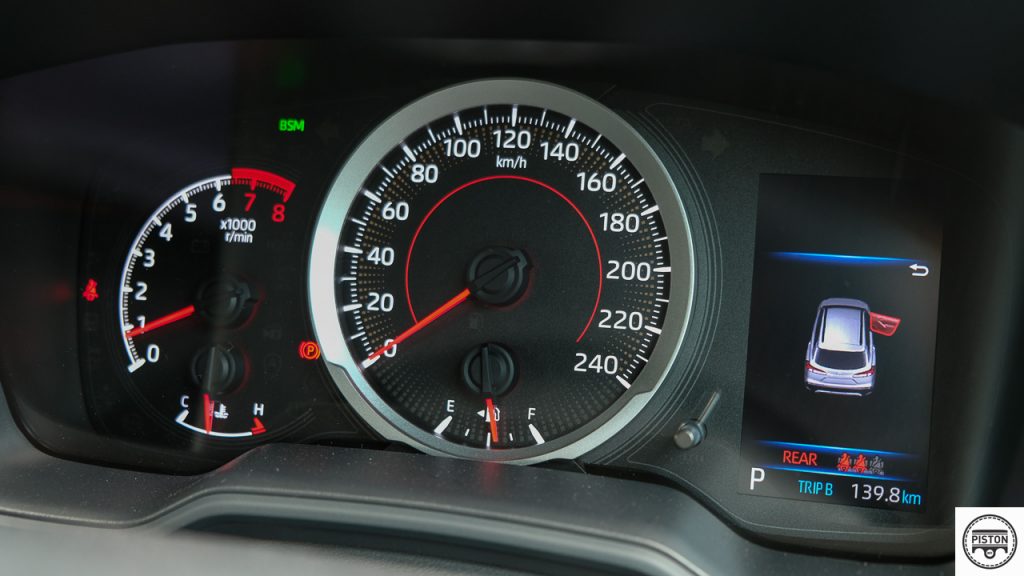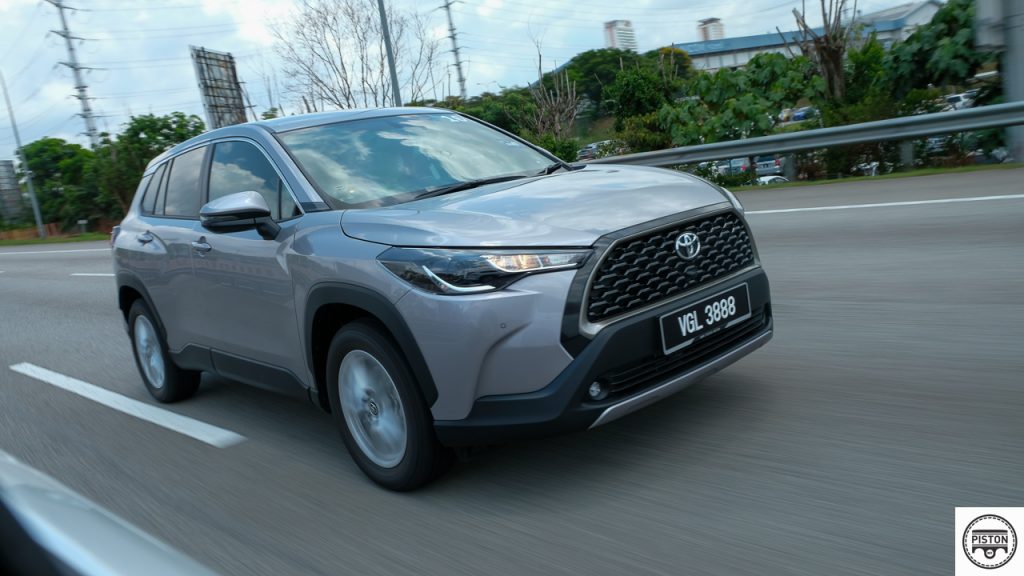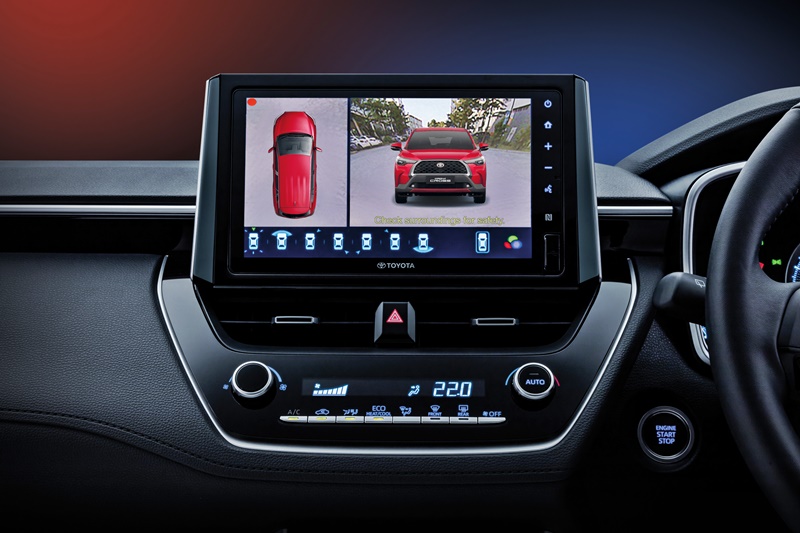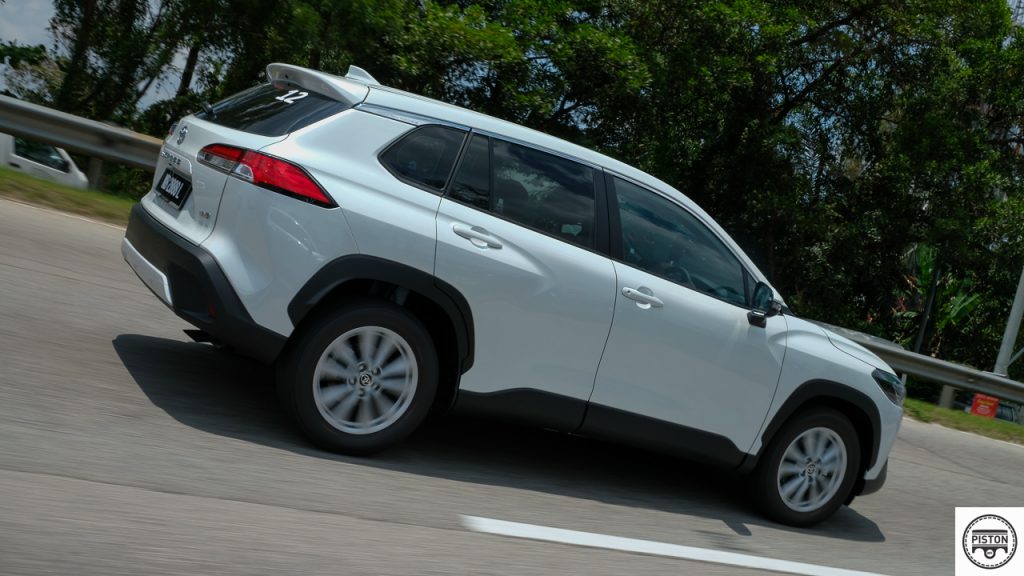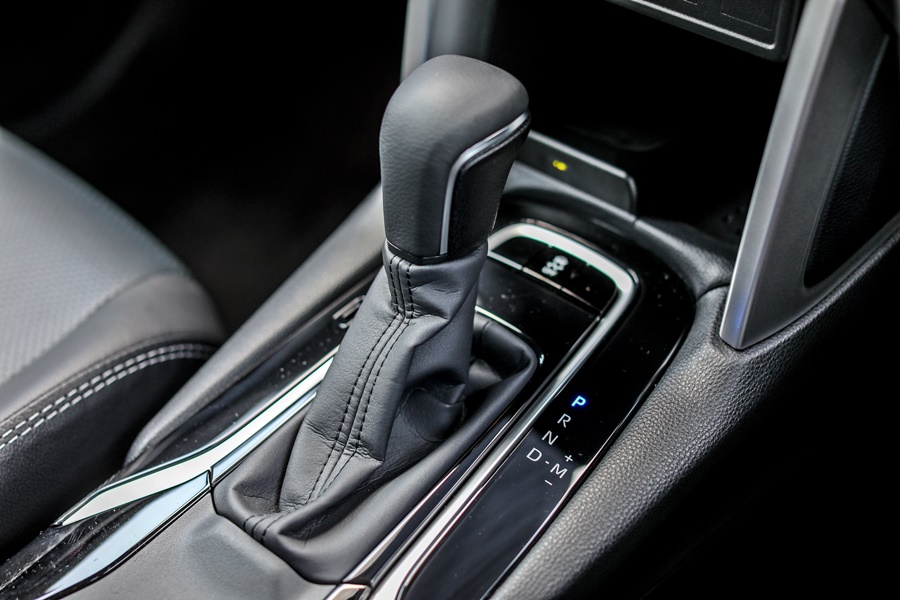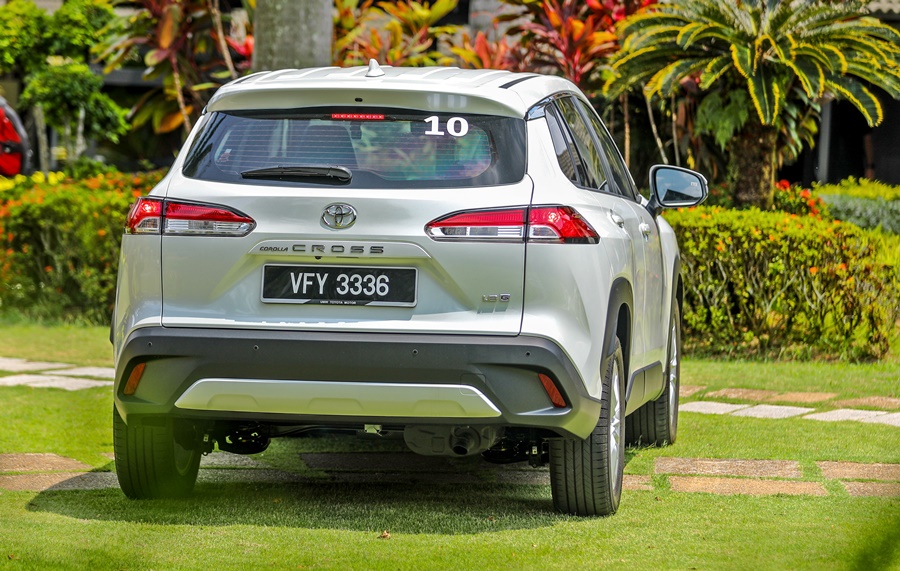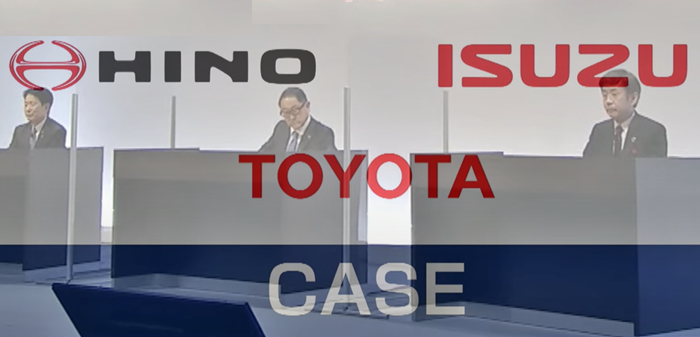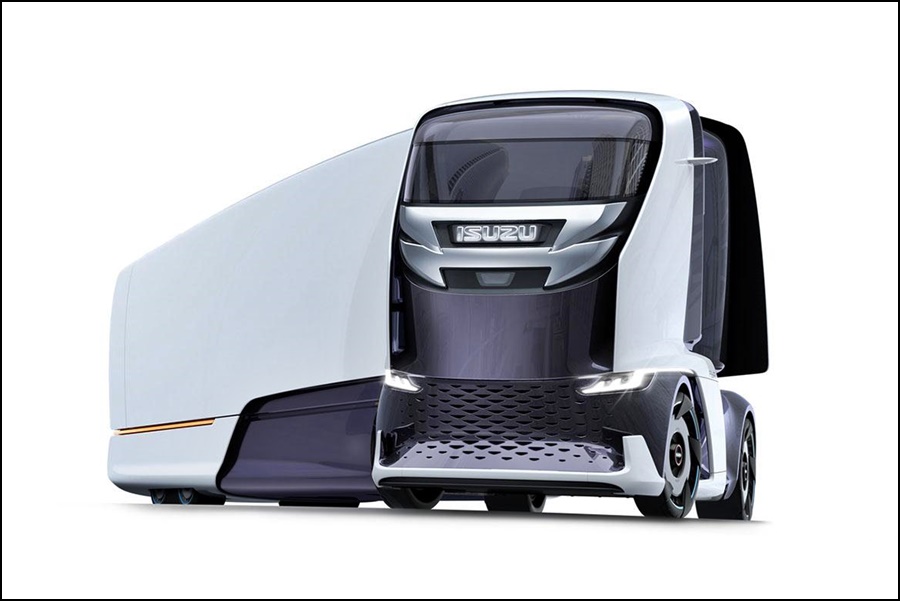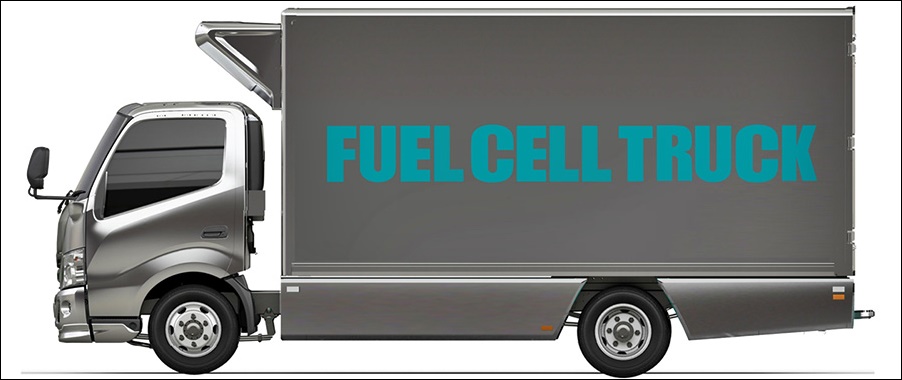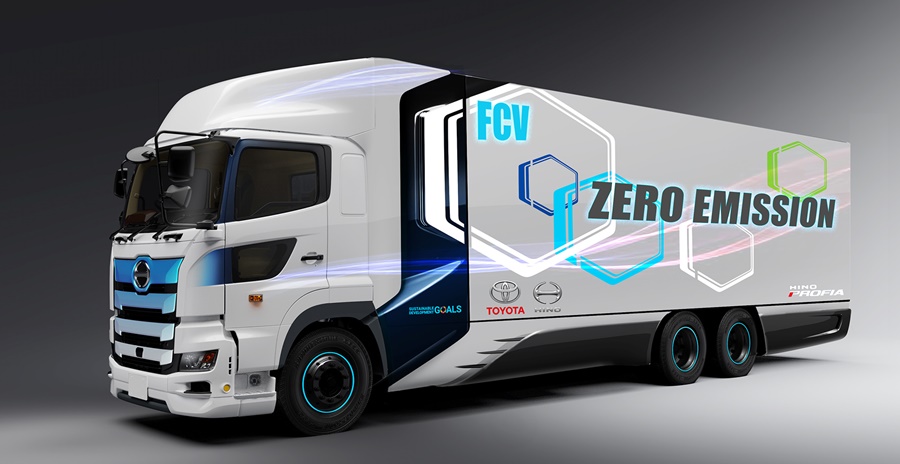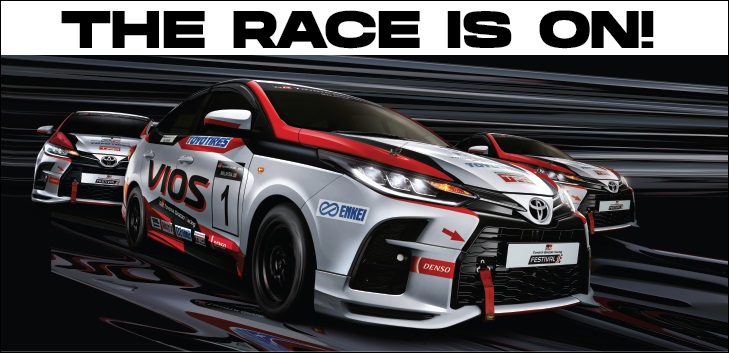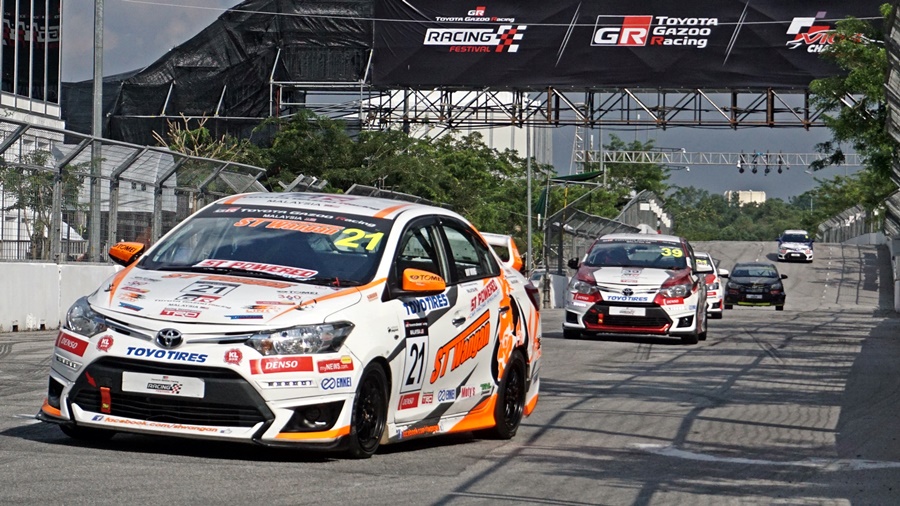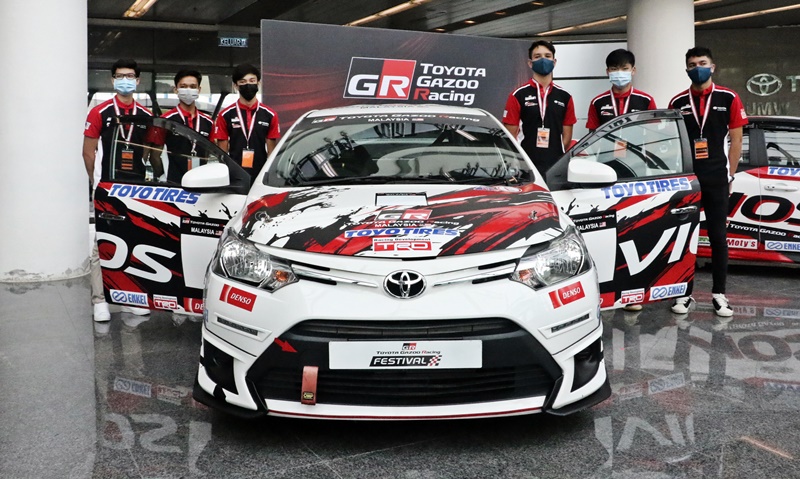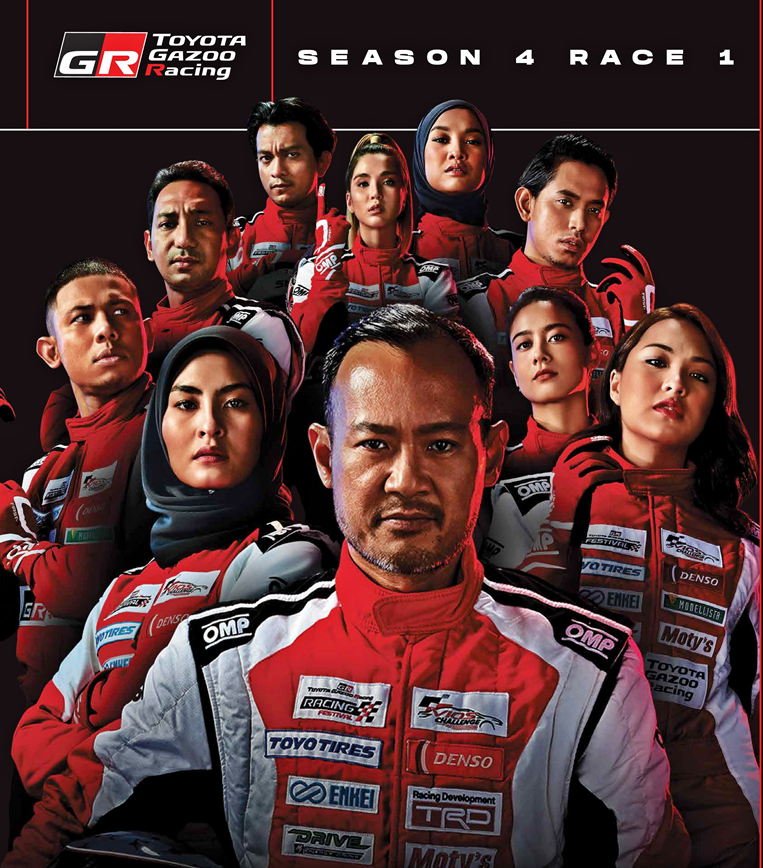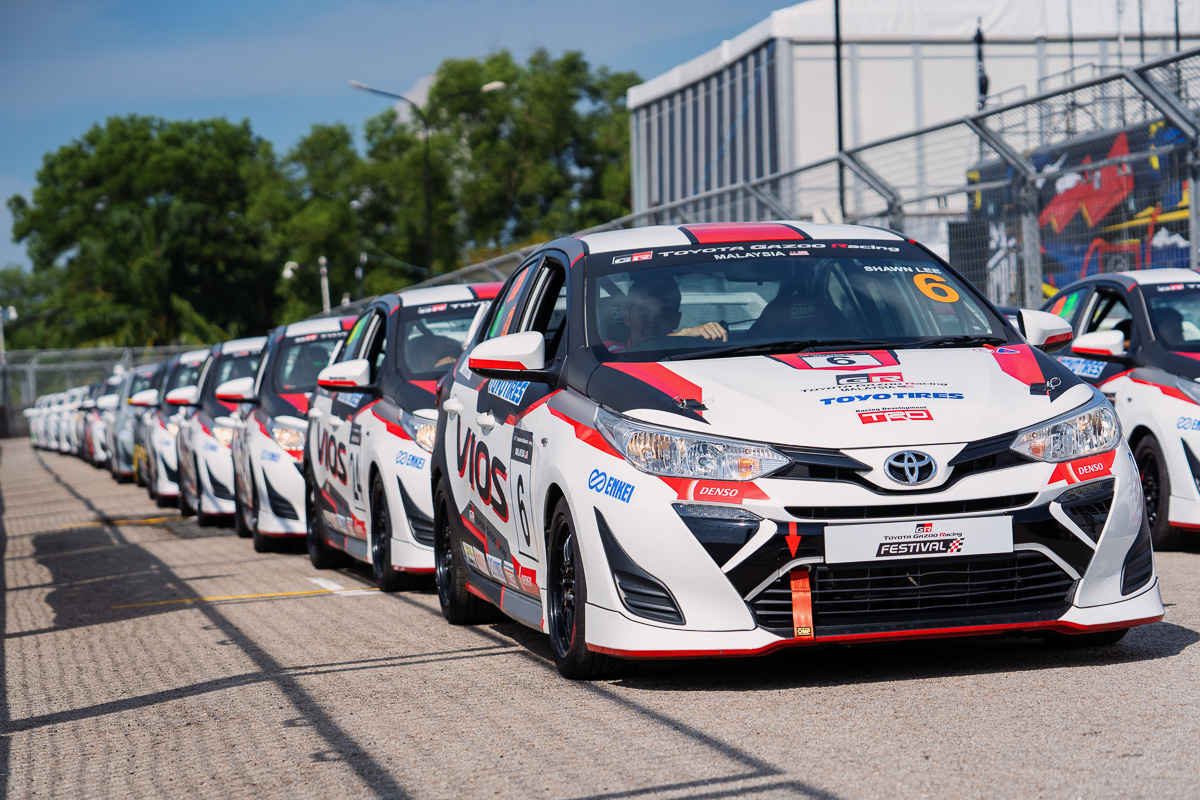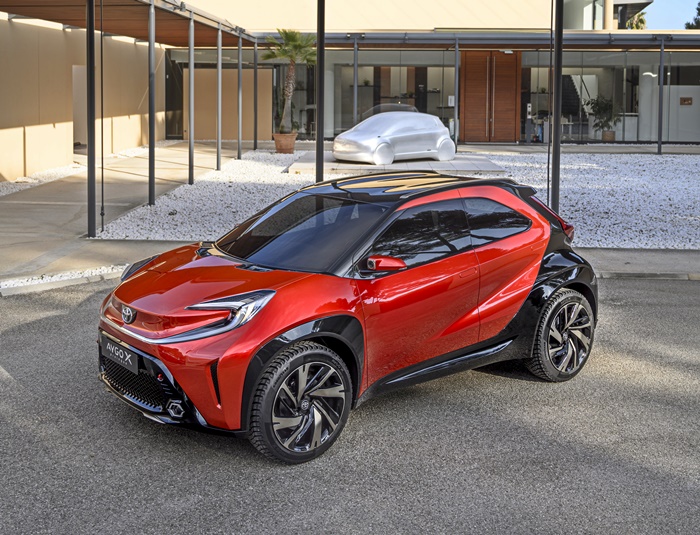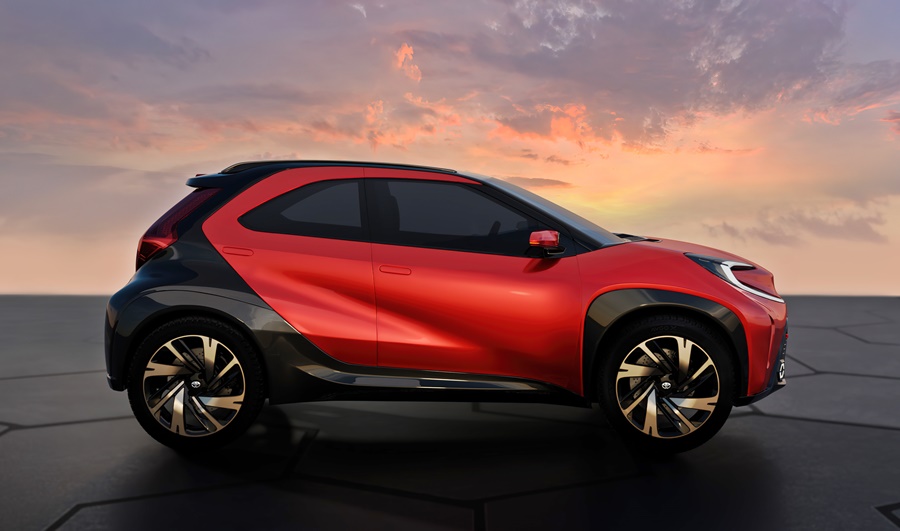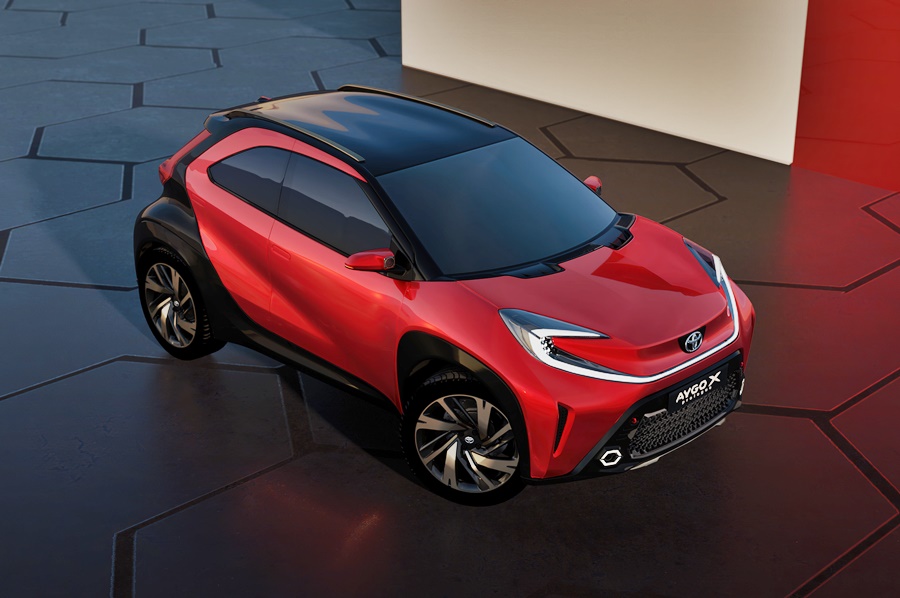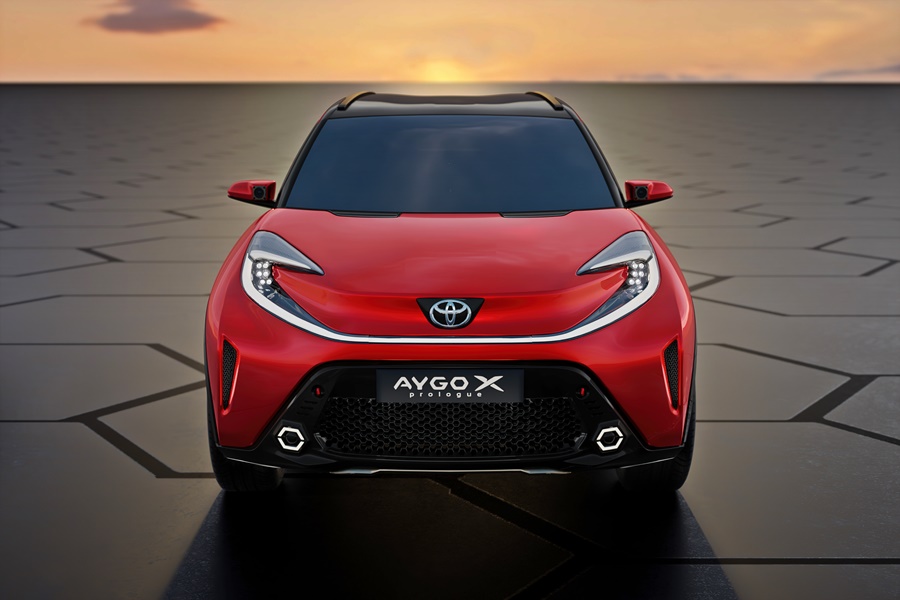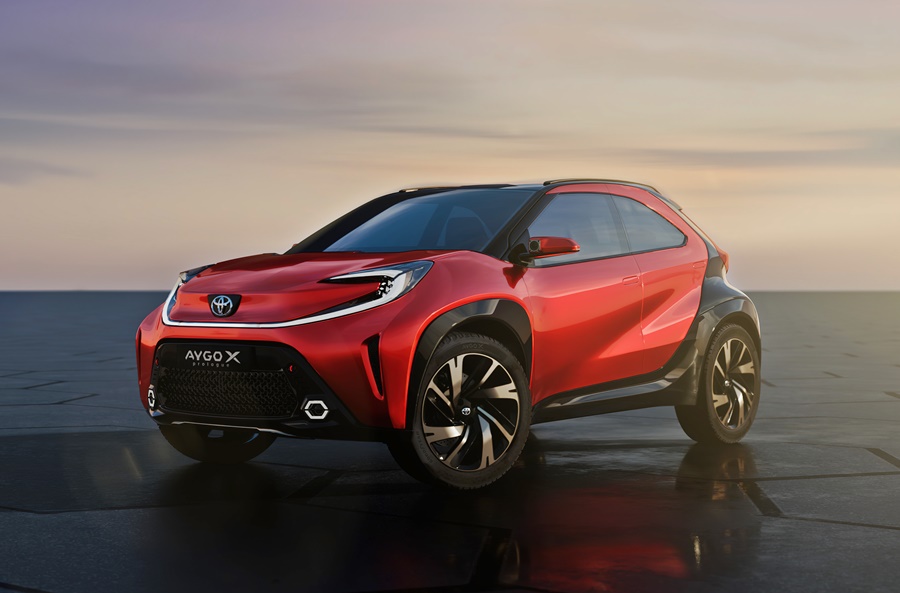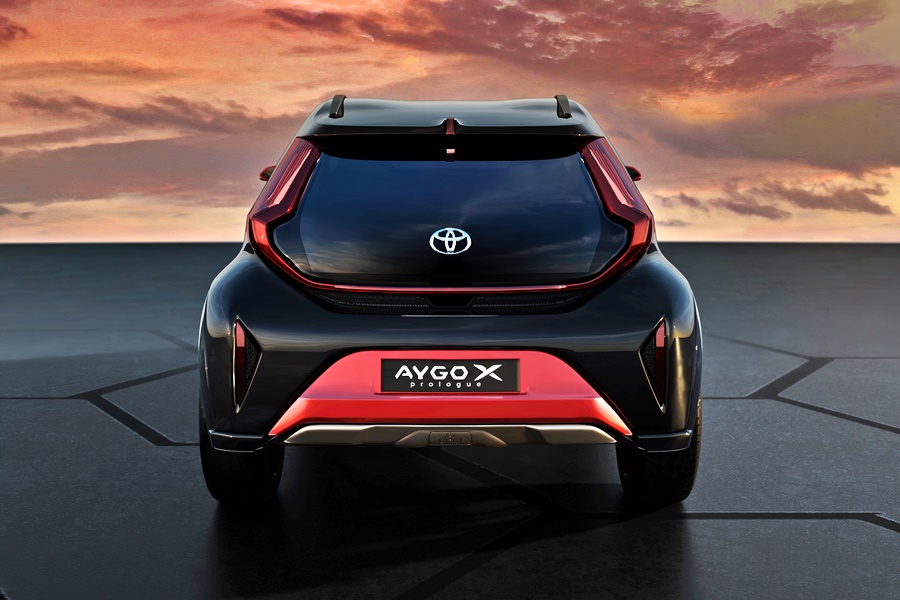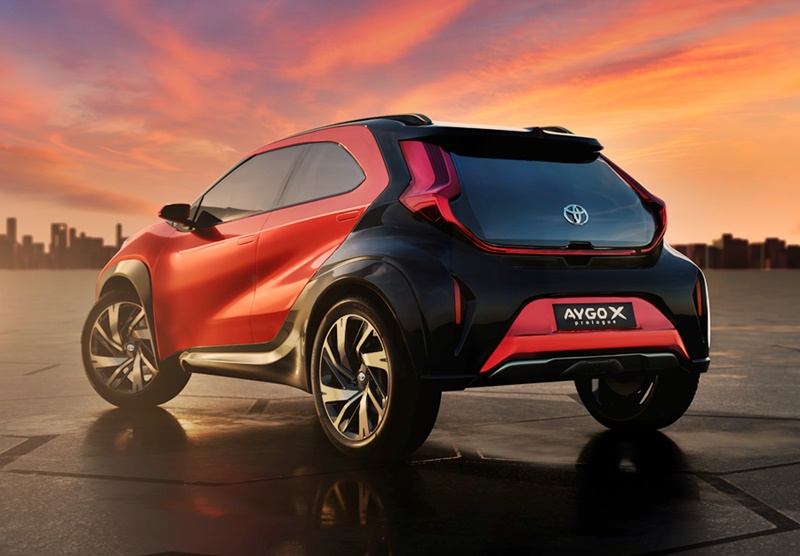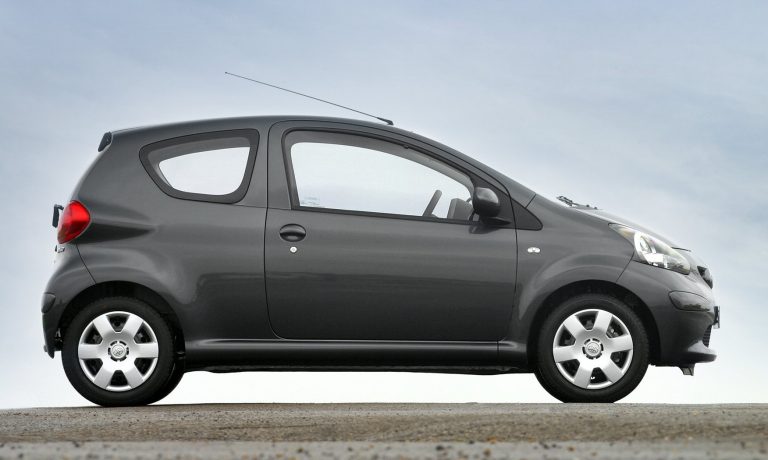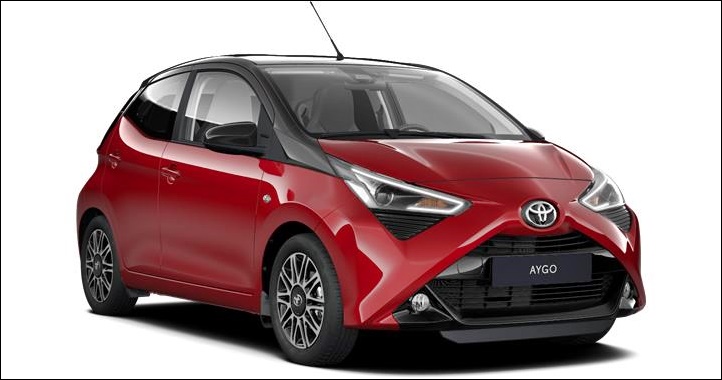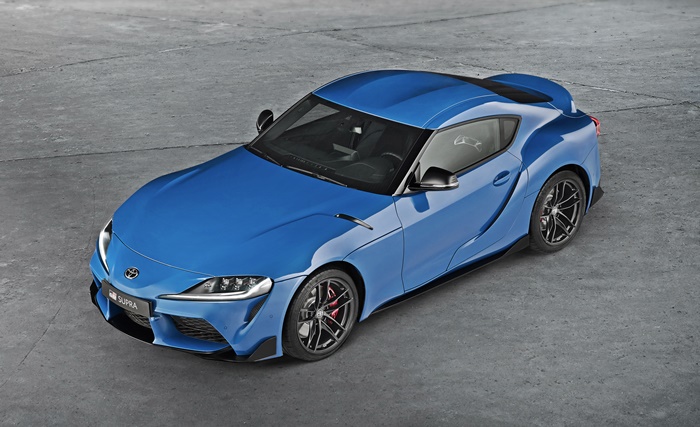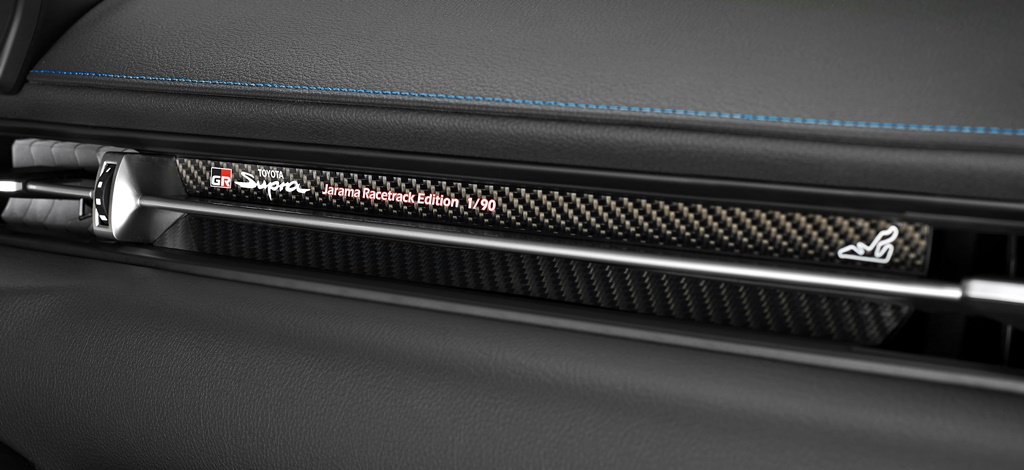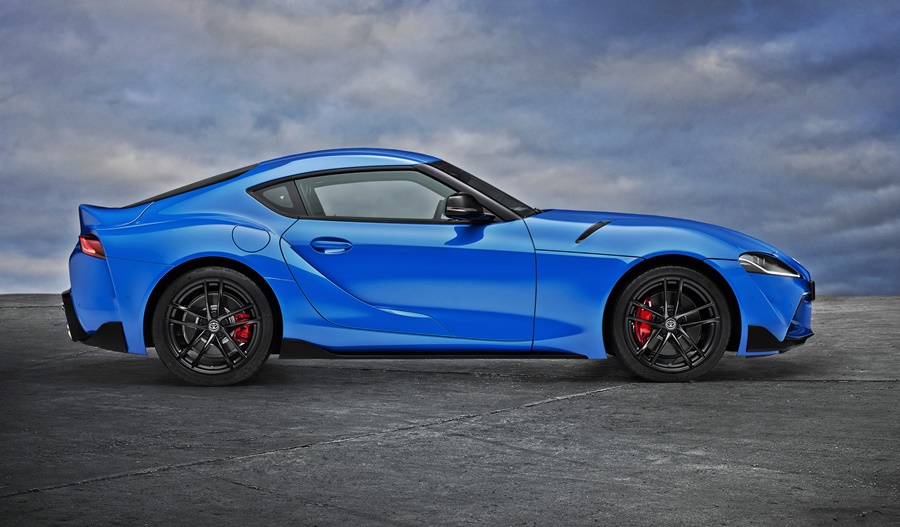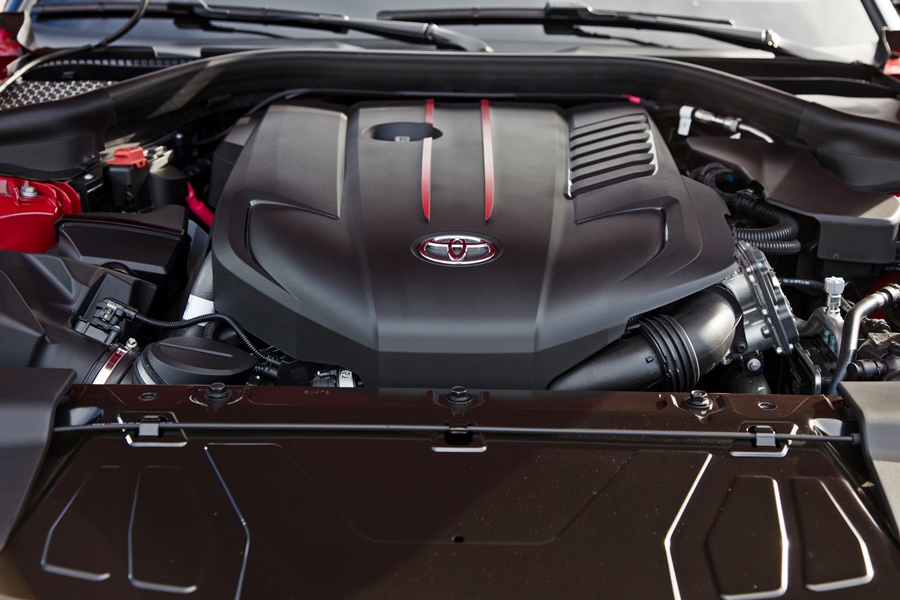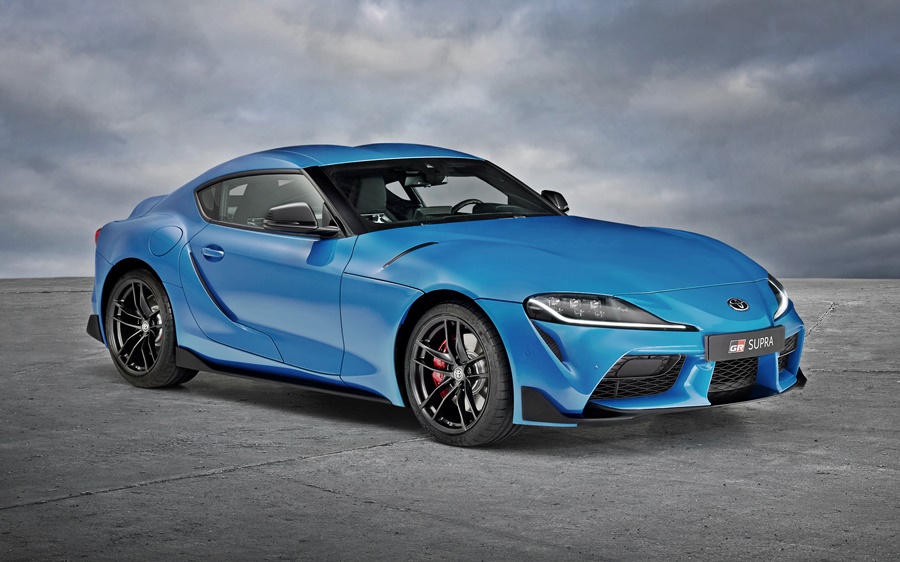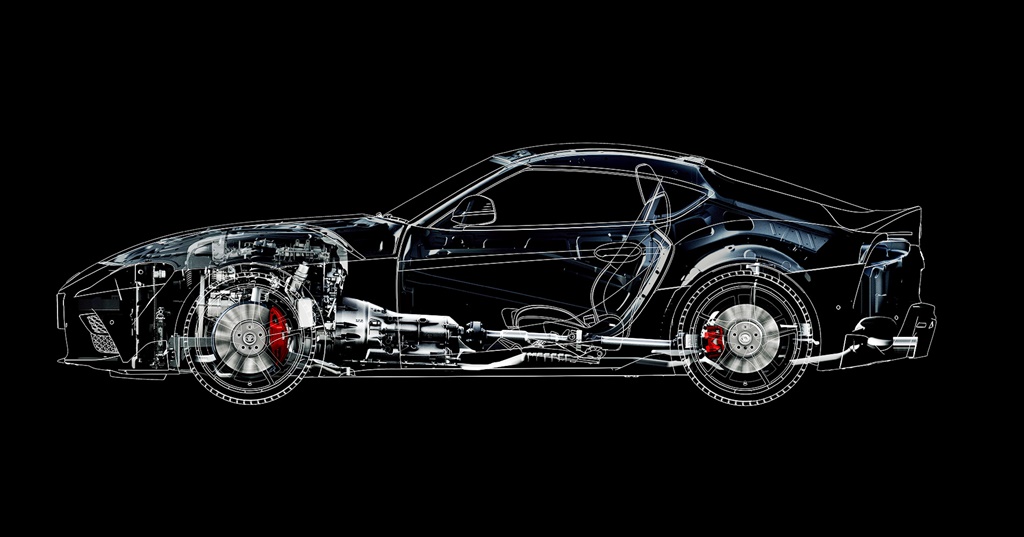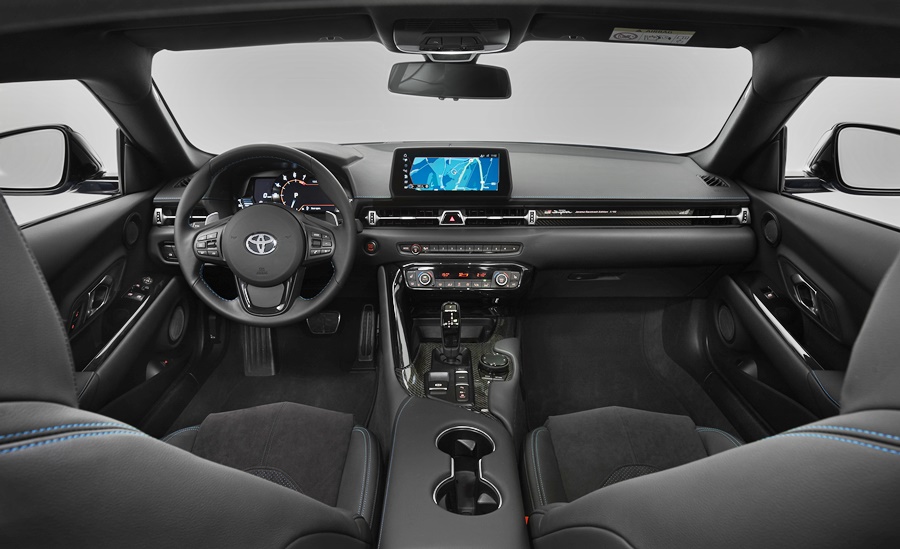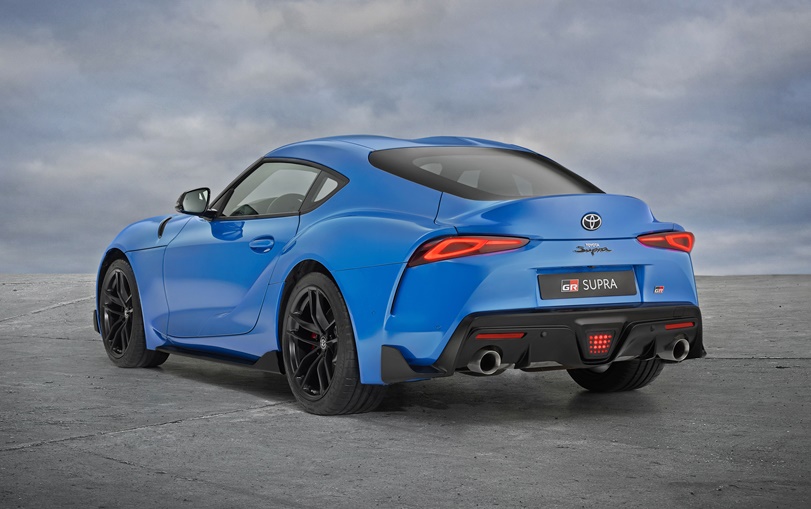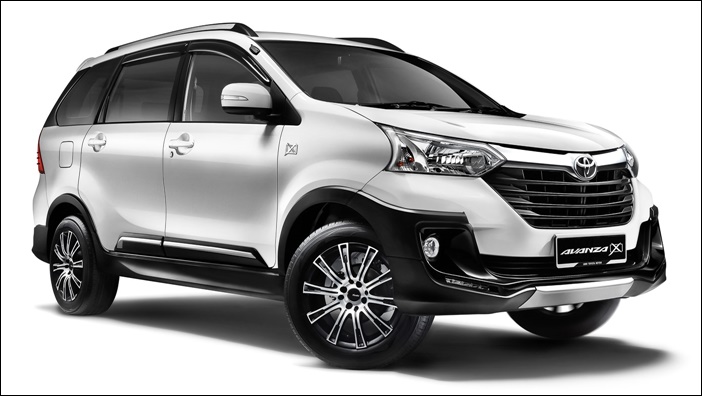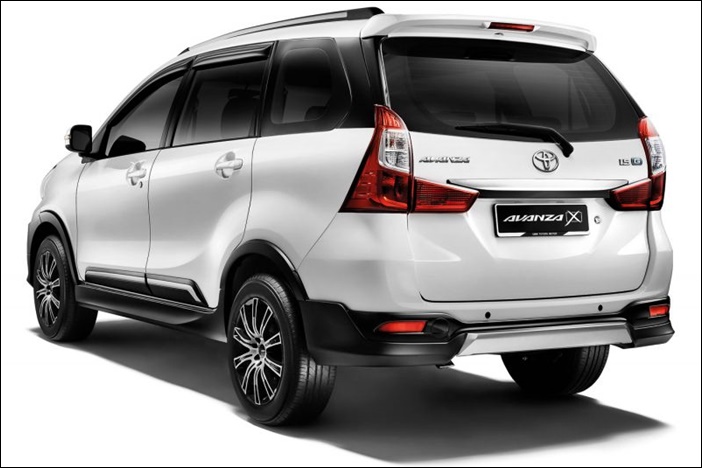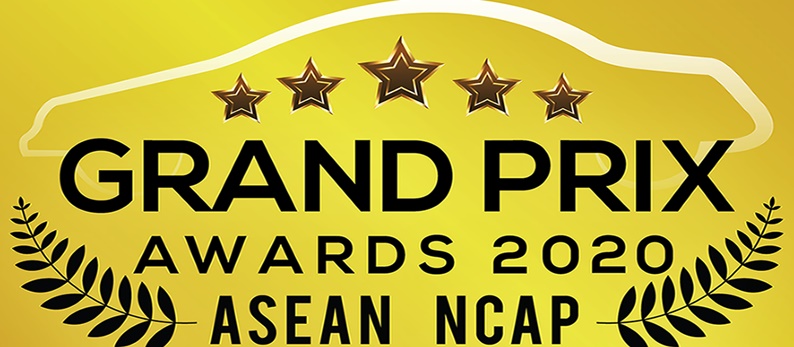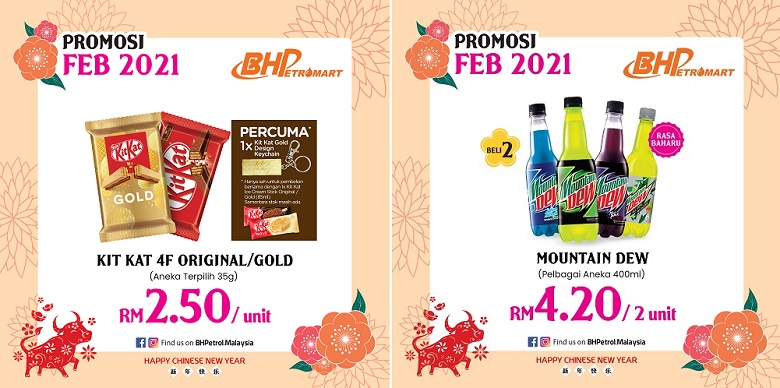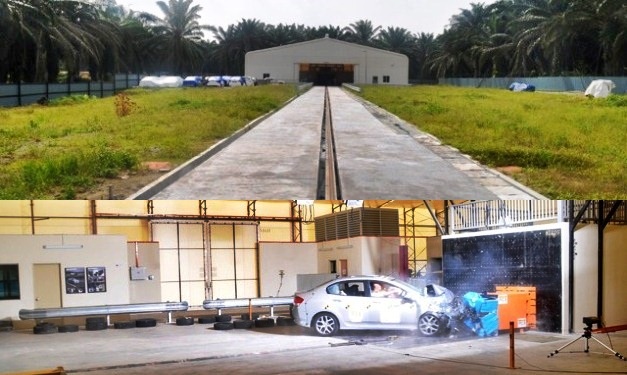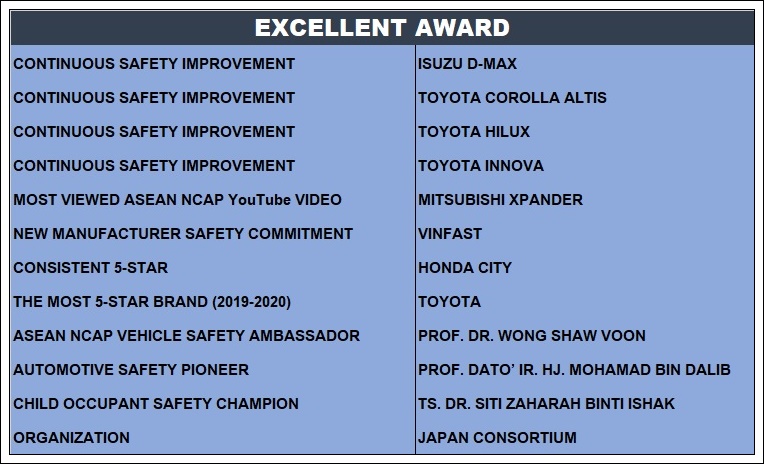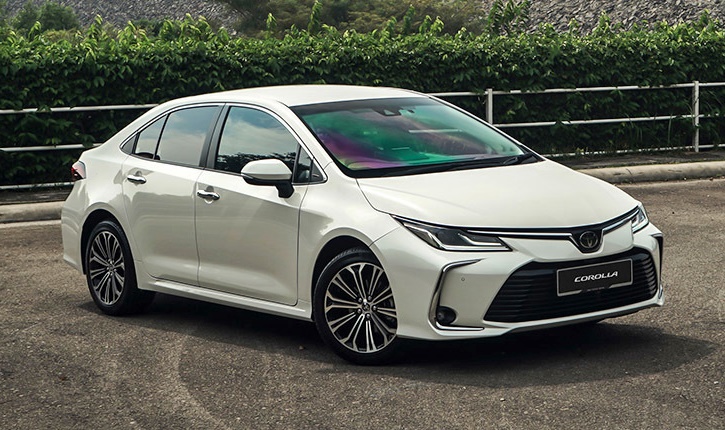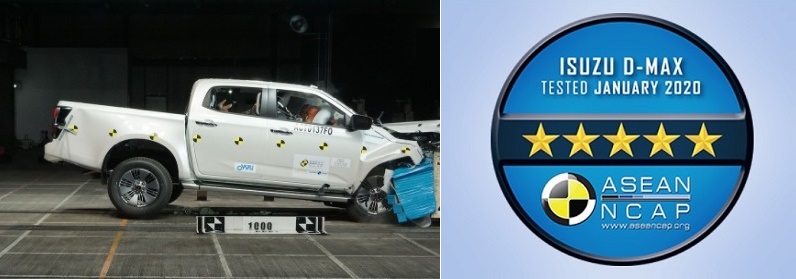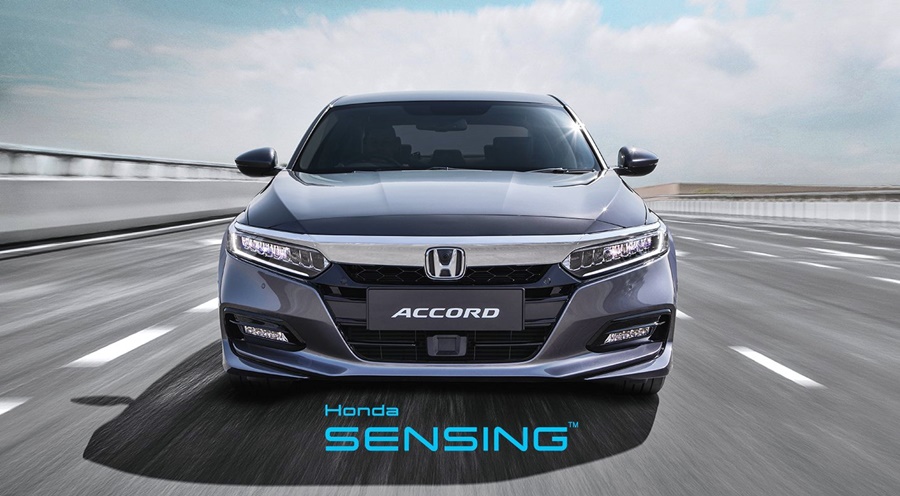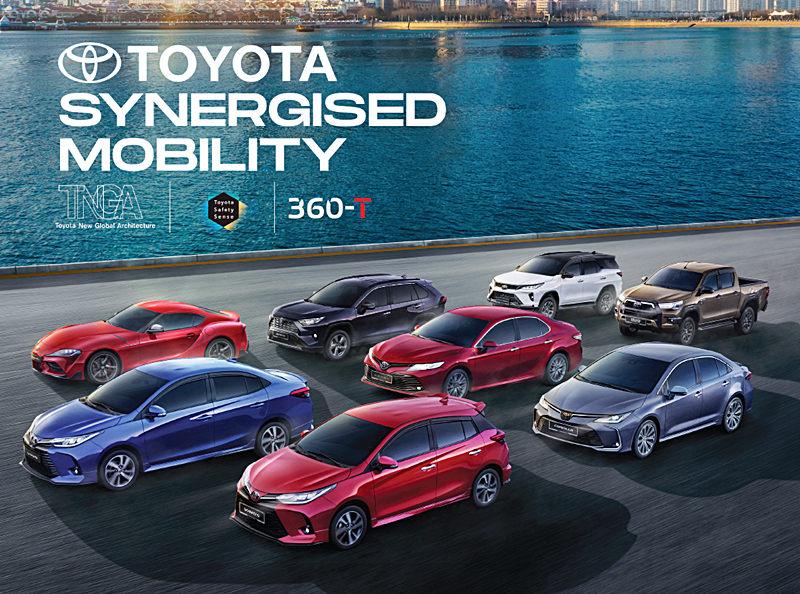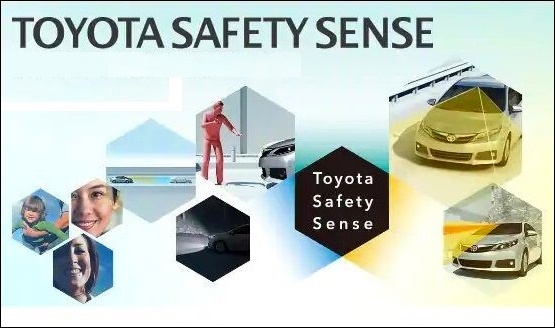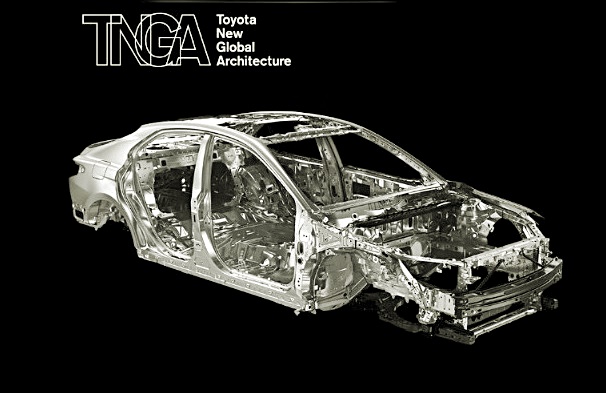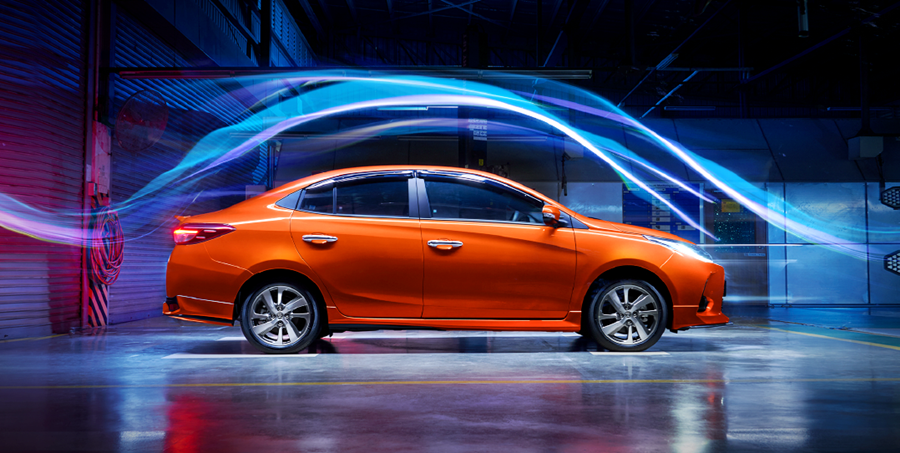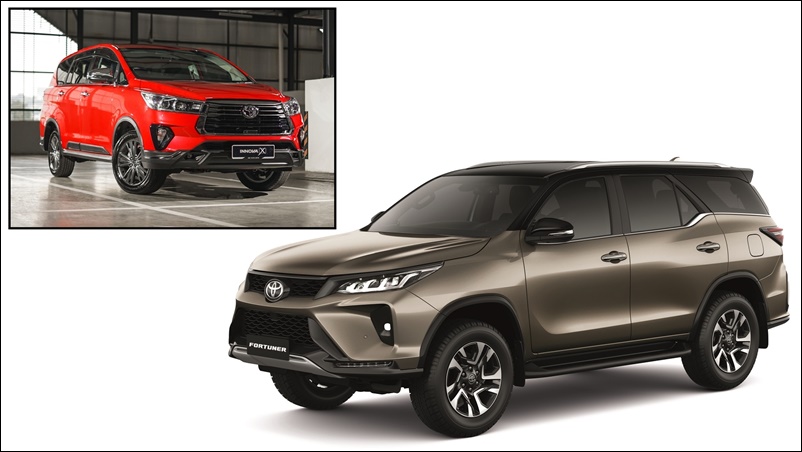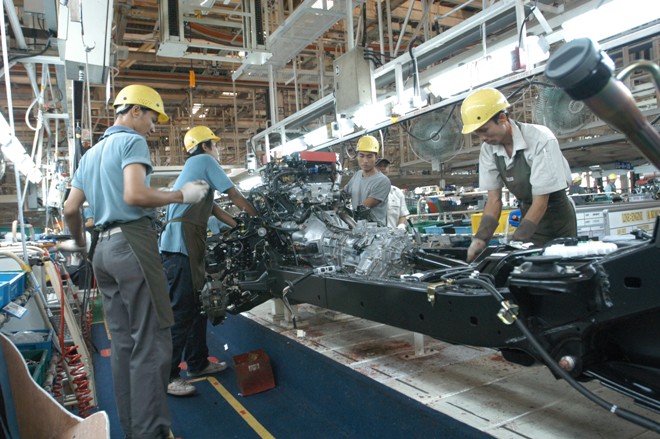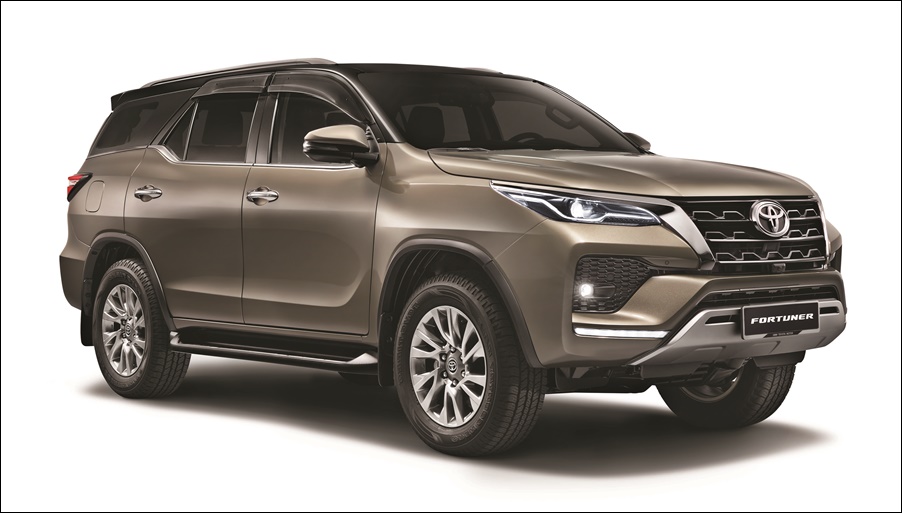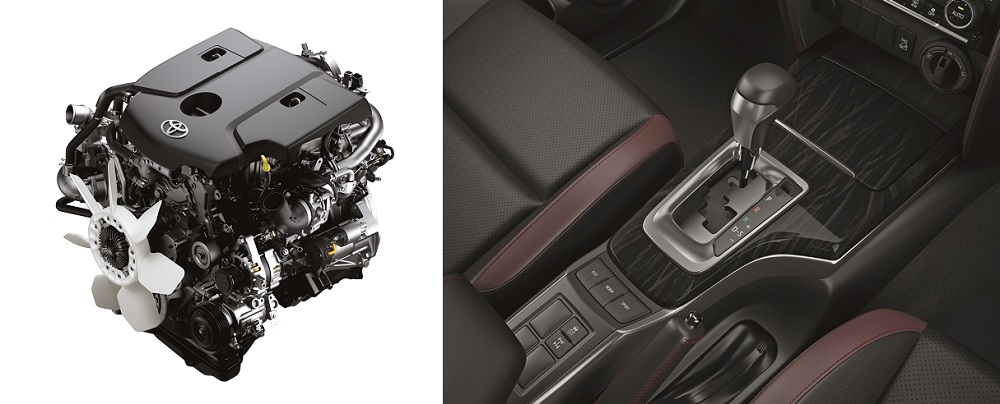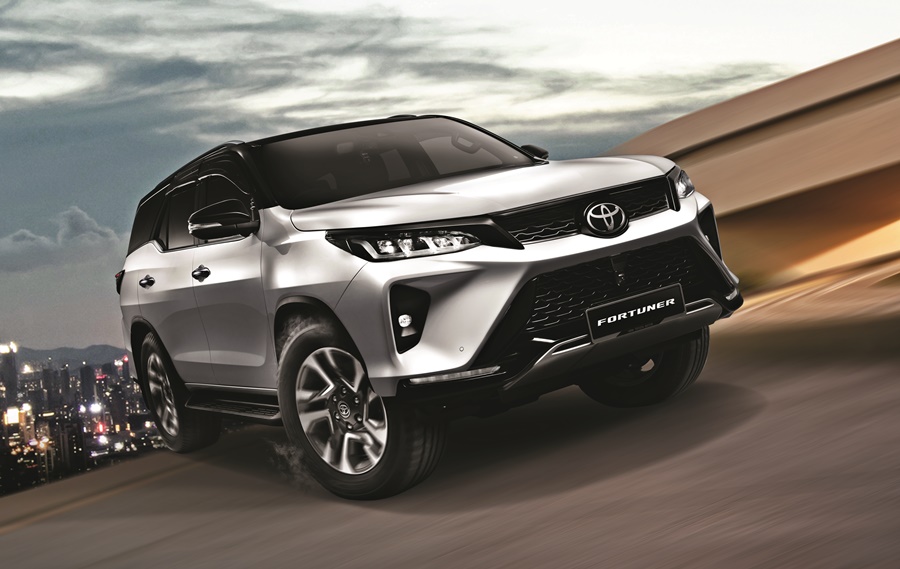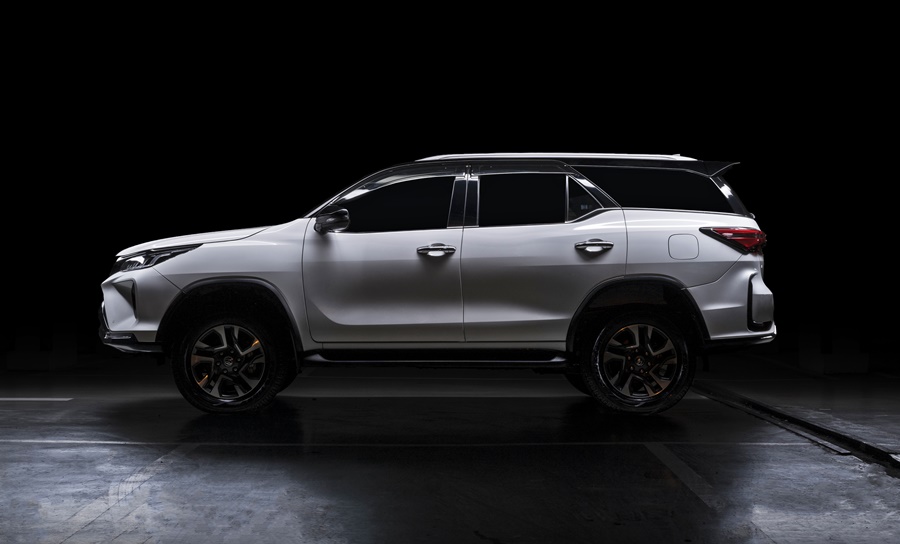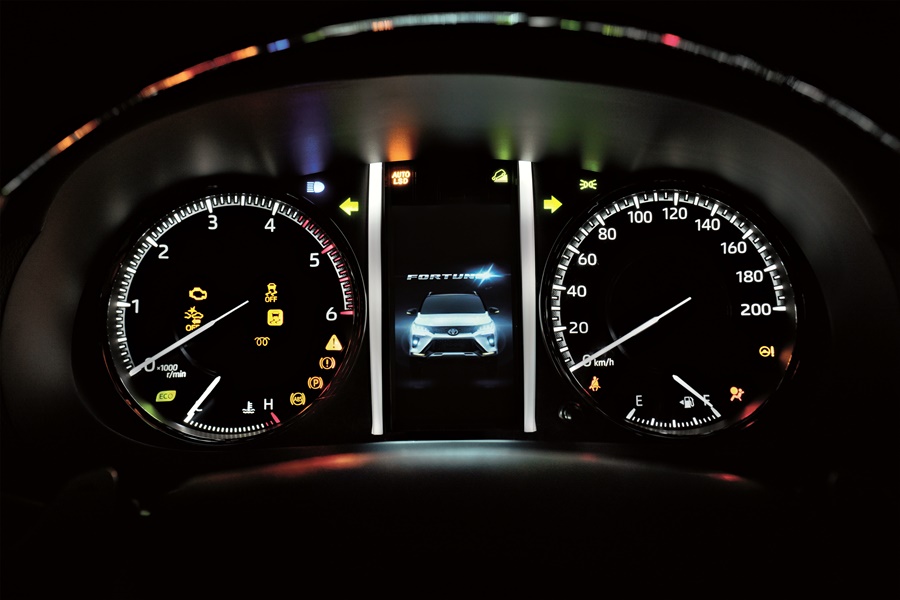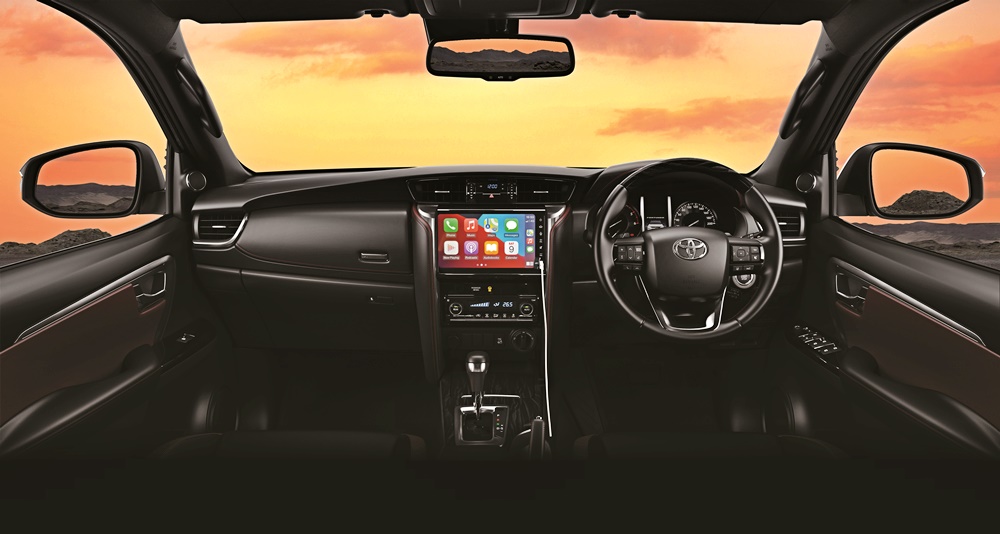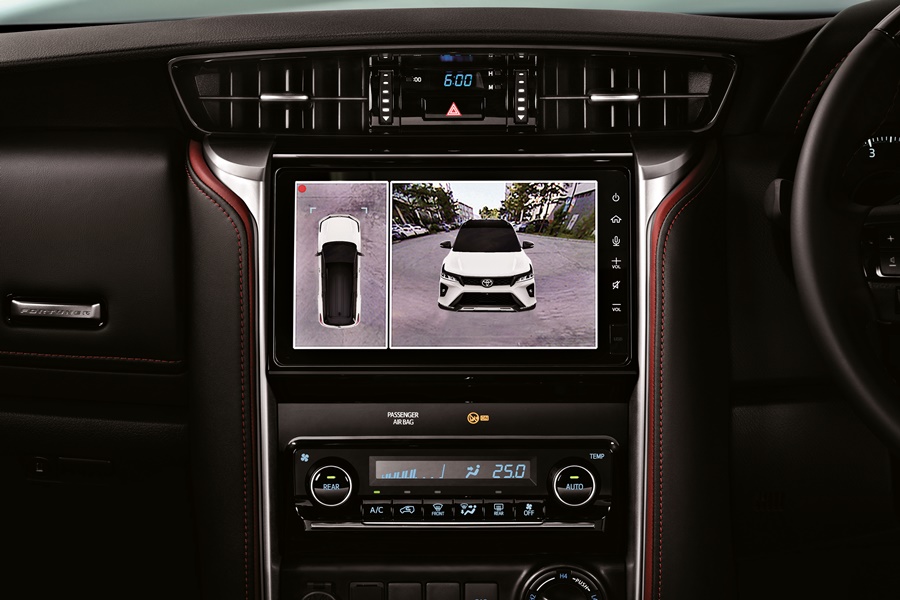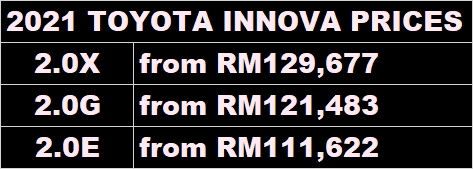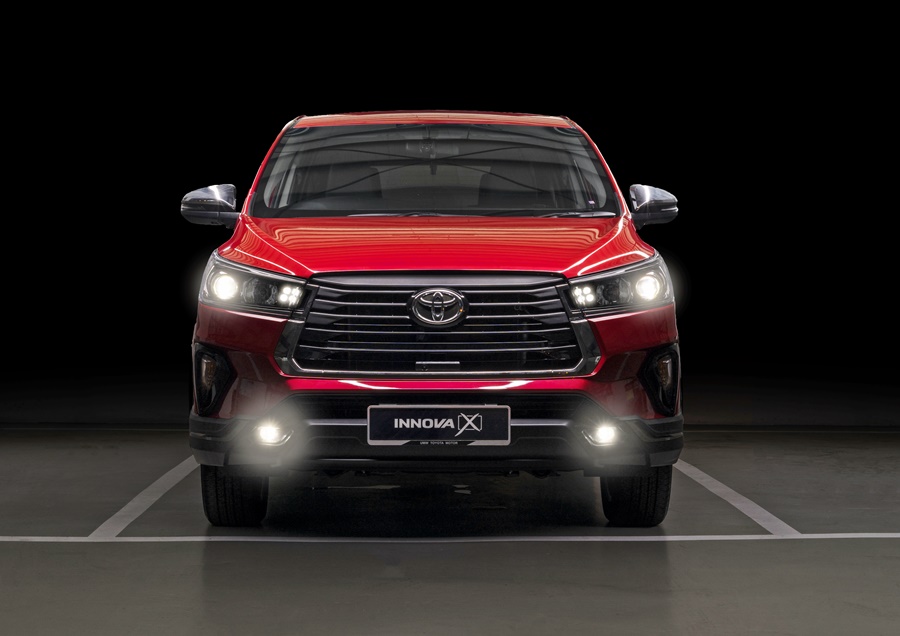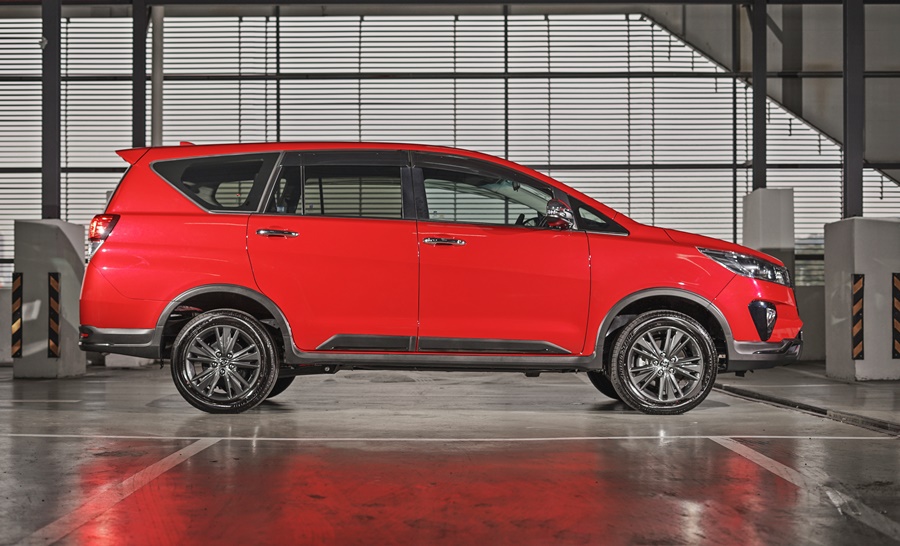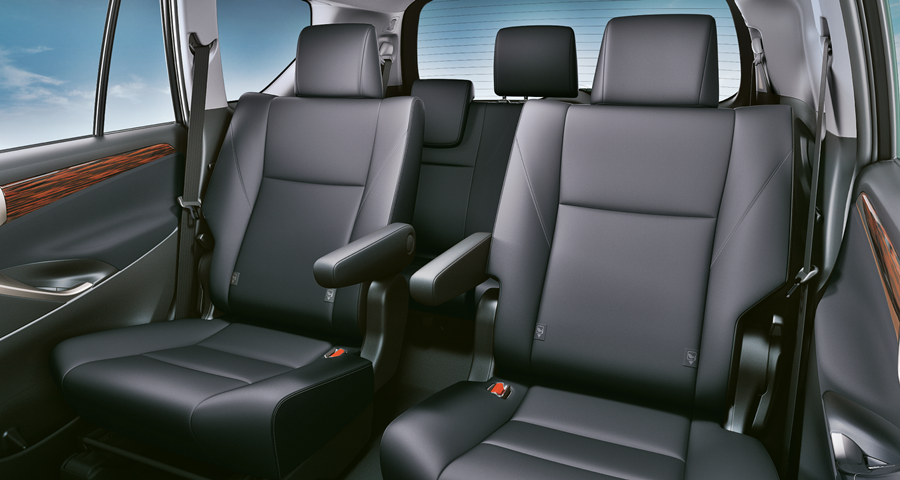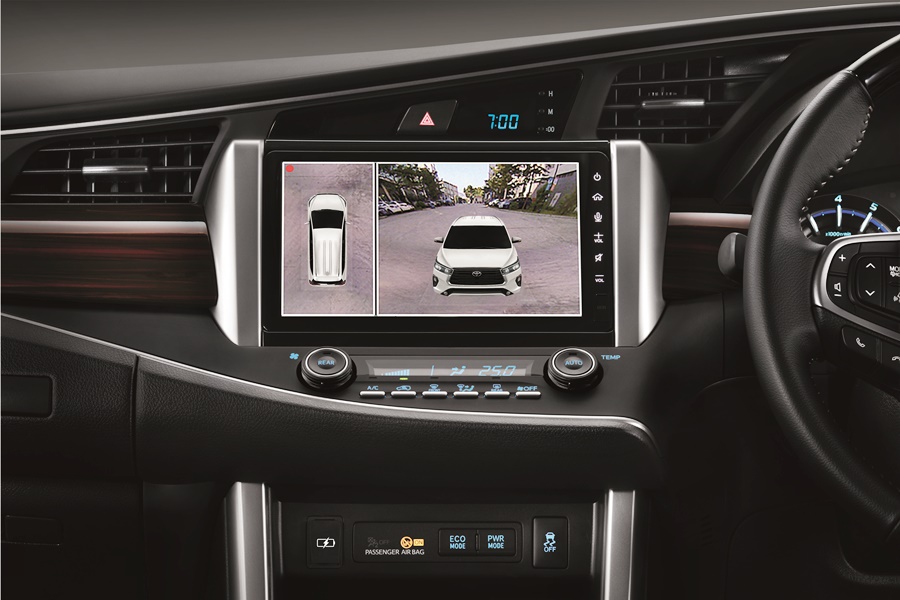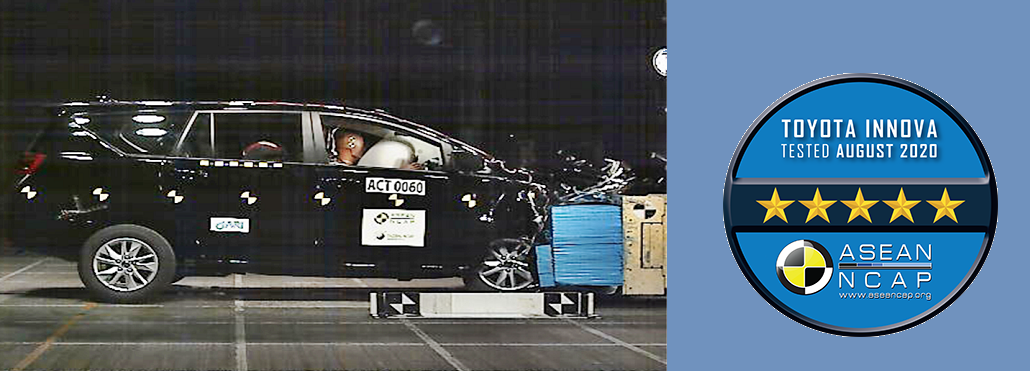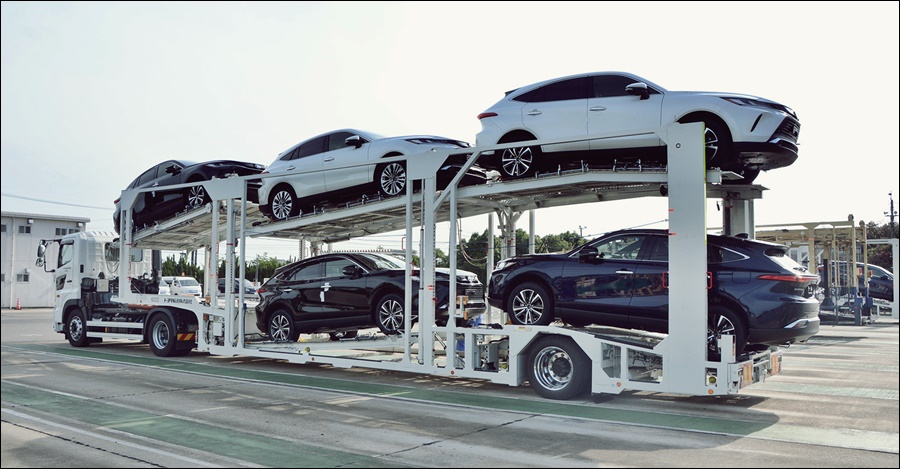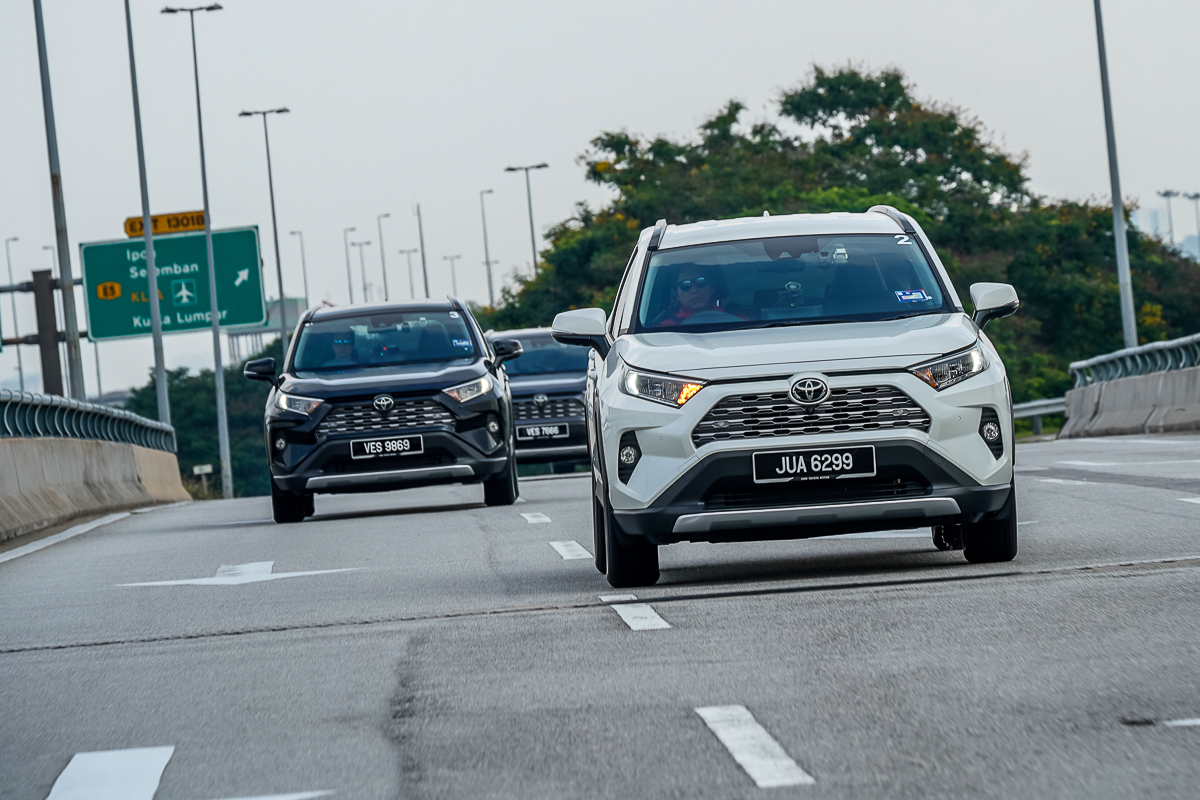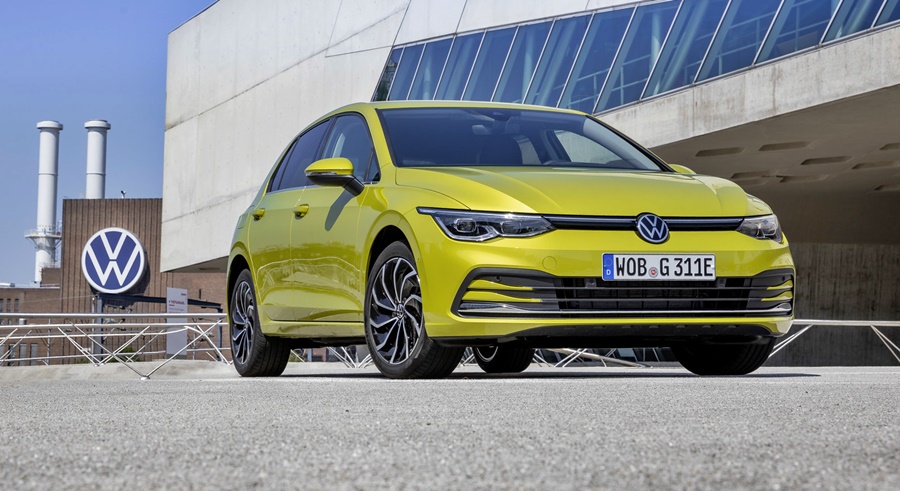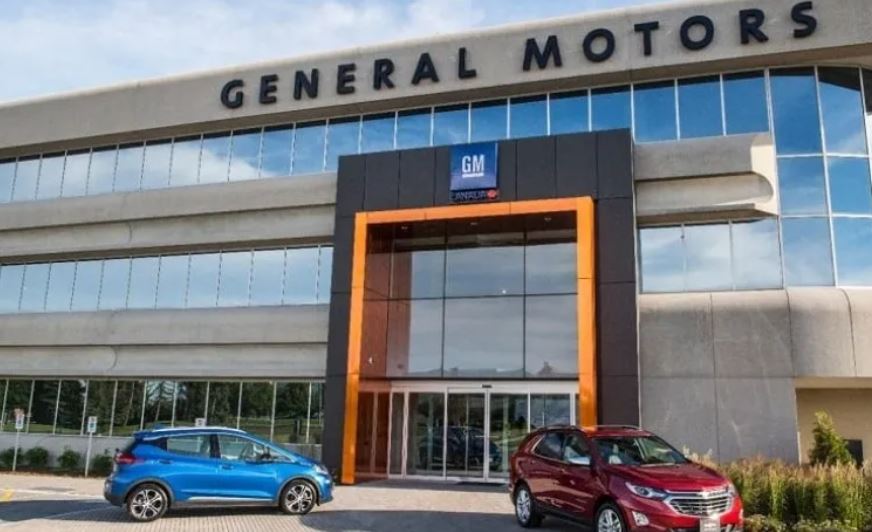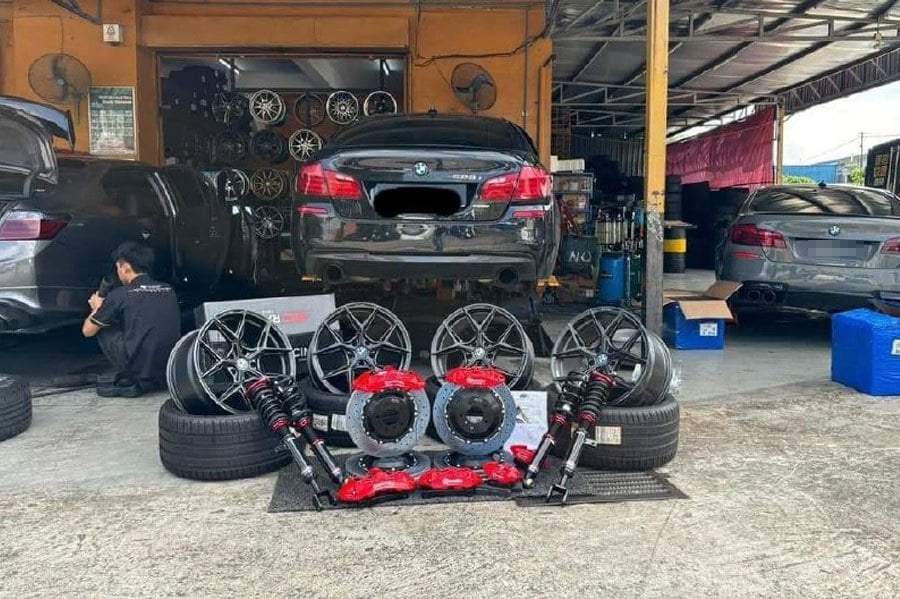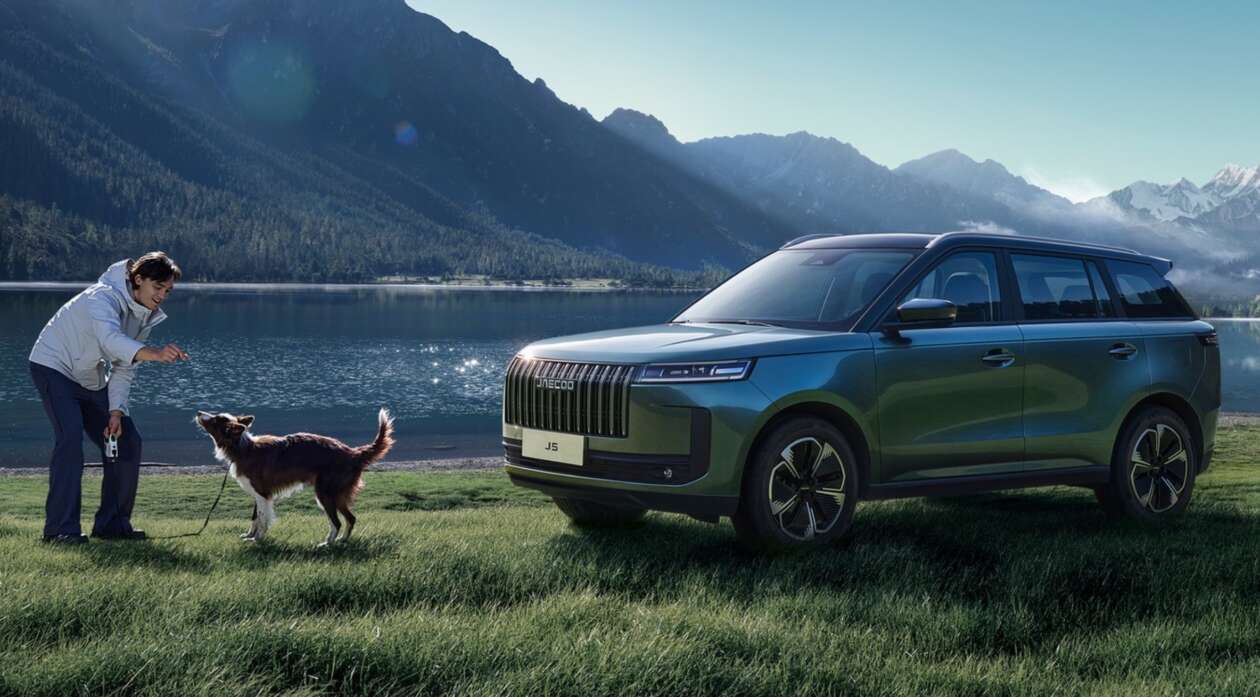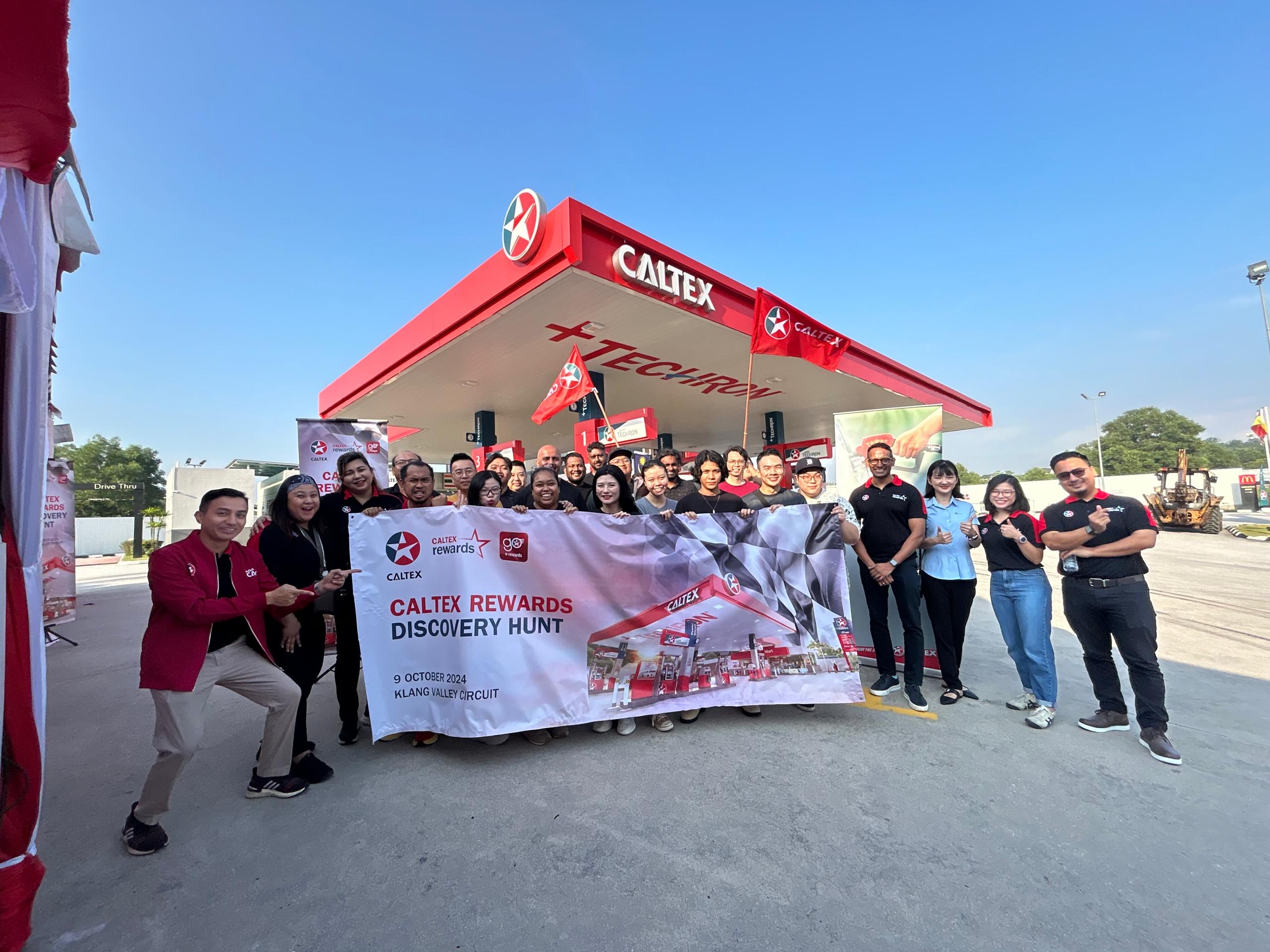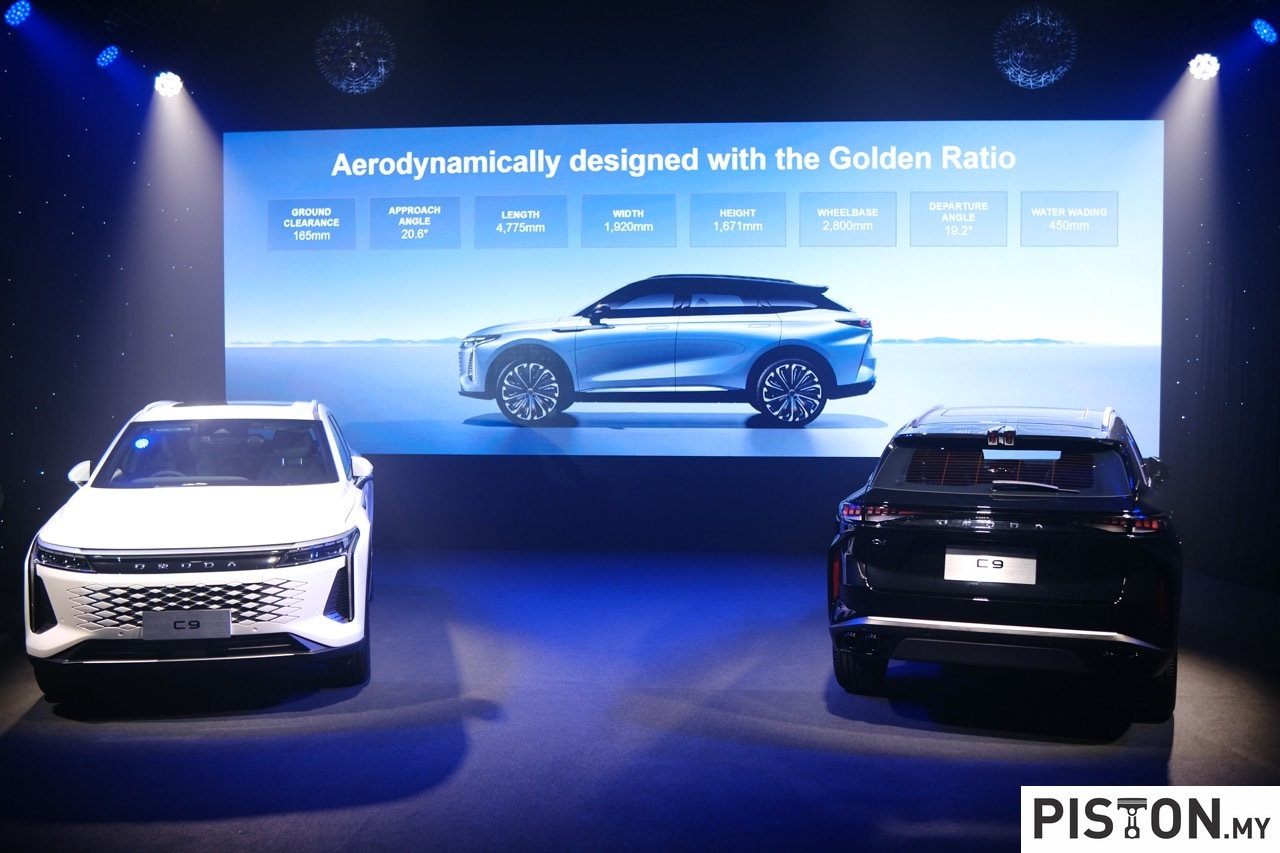In the early years of the Toyota Corolla, which was introduced in 1966, there were many bodystyles available. Besides the sedan (which was in 2-door and 4-door versions), there was a coupe, hardtop, liftback, stationwagon and even a MPV (in the 1990s). But after the 1990s, the number of variants diminished as volume became important and models that didn’t have sufficient demand had to be discontinued.
Back then in the 1990s, the SUV trend was just starting and MPVs were in great demand too, hence the MPV variant of the Corolla (called the Spacio) which was produced for a while. But in recent times, as the SUV trend continued going upwards, manufacturers began to look at how to offer such models without the high cost of developing new models. The solution lay in having a common platform and having a bodystyle with an SUV image and the requisite extra ground clearance.
Toyota decided that the Corolla family would get a totally new SUV variant which it has called the Corolla Cross. Like many recent new models, it also sits on the TNGA (Toyota New Global Architecture) which has a lot of variability so engineers can put different model types on it. That saves Toyota a lot of money compared to the old days when a different platform had to be developed for each model.
In the case of the Corolla Cross, the TNGA platform has been configured for a higher ride height – which is expected of SUVs – but it has an inherently low centre of gravity too. This means that even though the car has extra ground clearance, its stability is still good and the highly rigid body enhances agility and ride comfort.
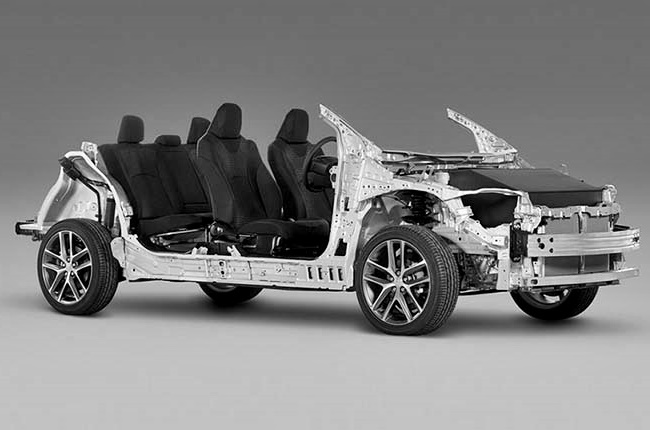
CBU import from Thailand
The Corolla Cross for Malaysia is imported from Thailand in CBU (Completely Built-Up) form but seeing how response has been even before it was launched, UMW Toyota Motor (UMWT) has already started discussions with Toyota about having the model assembled locally as well. That might not be so soon as the plant near Klang, Selangor, has also to be prepared, and with local assembly, there is also a need to source some of the parts locally. So it may only be in 2022 that we see a locally-assembled Corolla Cross.
There are two variants being imported – the 1.8V and 1.8G, with the former being the better equipped variant. The price difference is RM10,000 but the standard items that come with the 1.8V are certainly more high-tech. We understand, however, that the 1.8V is not immediately available but bookings are accepted at dealerships.

Not just a taller Corolla
The design of the Corolla Cross is very different from that of the sedan and if you put the two cars next to each other, you won’t see similarities. This is probably the right approach as people buy a SUV for its image and just raising the ground clearance and adding cladding for the ‘rugged’ effect would be a mediocre effort.
Though it is shorter than the sedan (by 170 mm), the Corolla Cross has a wider (+ 45 mm) and taller (+ 185 mm) body. The wheelbase is also slightly shorter by 60 mm which does not seem to have impacted the cabin space noticeably. Ground clearance is, of course, more with a distance of 161 mm (+ 33 mm) from the underside to the road. However, that increase is well ‘camouflaged’, so the car doesn’t look like it is just ‘jacked up’. Additionally, with an 18° approach angle, it can also travel over rough terrain and steep inclines, as well as easily cross over taller speedbumps and mildly flooded stretches.
While the Corolla Cross 1.8G uses projector-type halogen headlamps, the 1.8V variant has Bi-LED units that give better illumination. The integrated Day Running Lights (DRLs)/clearance lamps of the 1.8V feature an intricate ‘light curtain’ graining which is also featured on the rear lighting units.
Both variants use LEDs for most of the lighting units, including the third brake light. Besides being energy-efficient, LEDs have advantages such as producing light that is closest to daylight, quicker light-up times, and having a much longer service life because they are more durable and resistant to vibrations.
Proven engine and CVT
The Corolla Cross uses the same engine type as the sedan, ie the proven 2ZR-FE 1.8-litre petrol DOHC 16-valve engine with Dual VVT-i. This engine produces 139 ps/172 Nm which goes through a 7-speed Sequential Shiftmatic (CVT) only to the front wheels. There is no all-wheel drive (AWD) but most people don’t really care anyway. And for those who like to have AWD for enhanced grip and stability, systems such as traction control and vehicle stability control (both of which the Corolla Cross has) provide that.
Without AWD, the suspension layout is simple with the universal MacPherson struts at the front and a torsion beam at the rear. From extensive testing in ASEAN conditions, the engineers decided that large, highly durable rubber bushings would be better to allow the suspension to effectively cope with large undulations on the road surface, enhancing comfort.
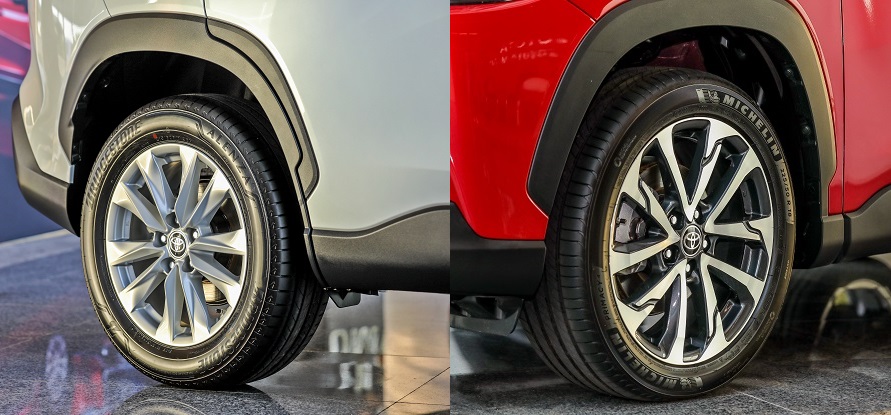
Toyota Safety Sense
Where active safety systems used to operate independently, many are now integrated and function cooperatively. Most manufacturers have adopted this approach and Toyota’s is called Toyota Safety Sense (TSS) which helps the driver avoid accidents. This has been introduced in some models already and the 2.0 version is installed in the Corolla Cross 1.8V.
TSS 2.0 makes use of a camera installed in the windscreen to scan the road ahead. the imagery is sent to a computer to analyse and determine if there is a dangerous situation. Additionally, a millimetre-wave radar signal from the grille is also used to monitor the road ahead.
Lightning-quick analysis of the data and imagery will determine if a collision with a vehicle or pedestrian (or other road-users) might occur. If the driver does not take appropriate action, the brakes will be activated automatically to reduce the vehicle’s speed and bring it to a quick stop. This is known as Automatic Emergency Braking (AEB) and even if it does not fully prevent a collision (due to road conditions or the speed), AEB could still save you expensive repairs because the car would be slowed down earlier, reducing the force of the impact.
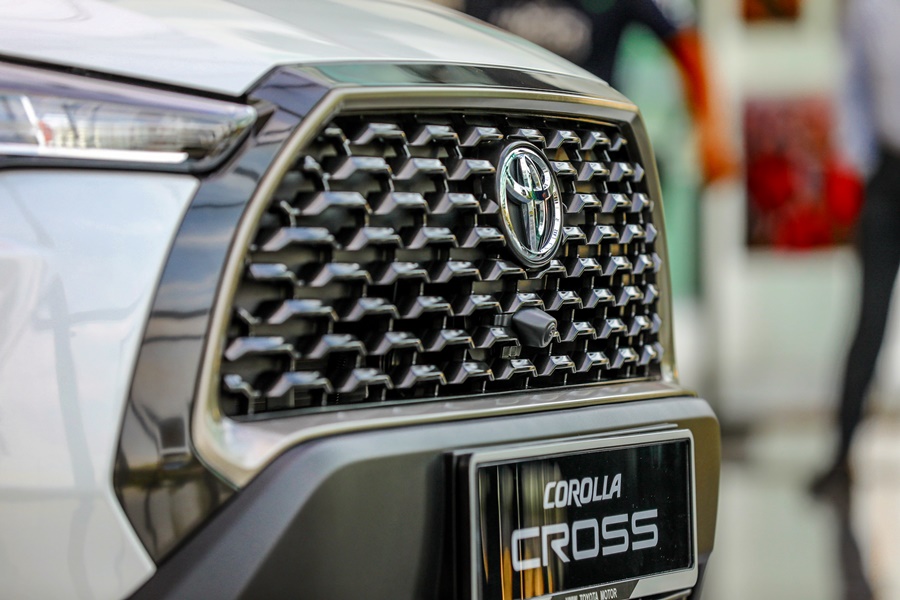
Besides the Pre-Crash System just explained, TSS also has Lane Departure Alert (LDA), Dynamic Radar Cruise Control (DRCC) and Automatic High Beam (AHB). These core technologies are complemented by other safety technologies such as Blind Spot Monitor (BSM) with Rear Cross Traffic Alert (RCTA), Tyre Pressure Warning System (TPWS) and a 3D Panoramic View Monitor which helps in situational awareness all around the car.
The LDA system includes Lane Tracing Assist (LTA) which implements steering assistance to remain in the lane. The function can also operate on sharp curves and helps reduce vehicle swaying during straight line driving.
DRCC introduces drivers to semi-autonomous motoring as a safe gap will be maintained with a vehicle ahead at all times. This is done by automatically adjusting the speed, lowering it from the set cruising speed if necessary. With DRCC, long-distance motoring can be more enjoyable with less fatigue experienced. The system in the Corolla Cross doesn’t operate at very low speeds and that would be good to have in future.
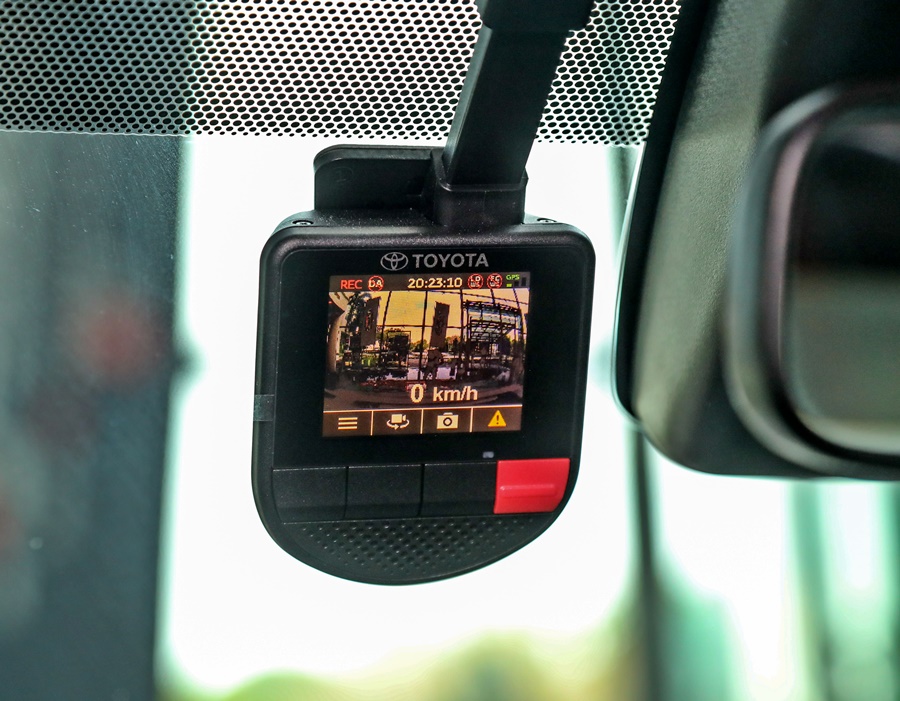
For additional safety, Drive-Start Control is included to prevent sudden starting or unintended acceleration. This can occur if the wrong gear has been selected from PARK while the driver is pressing hard on the accelerator pedal. When such a condition is detected, a warning is flashed on the dashboard and engine output is immediately reduced to avoid an accident.
The other safety systems are present for both variants, such as ABS with EBD and Brake Assist, Vehicle Stability Control and Traction Control and Hill-start Assist Control (HAC). There is also an Emergency Stop Signal (ESS) which activated the hazard warning lights automatically if sudden or strong braking occurs due to an emergency. The flashing lights will alert drivers behind so that they can take their own action to avoid a collision.
Besides the protection from the high-strength TNGA platform and structure, there are 7 airbags around the cabin (including one of the driver’s knees) and the seatbelts have pre-tensioners and force-limiters to maximise restraint. ISOFIX points are also available in the rear outer seats for installation of compatible childseats, which are now required by law.
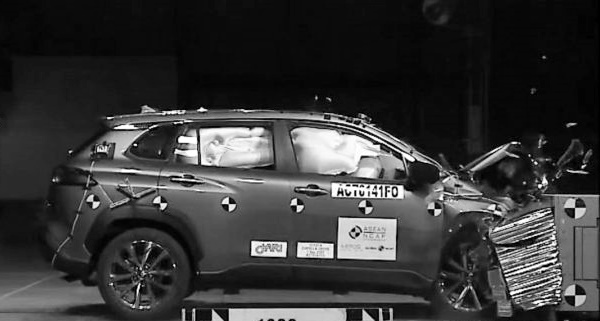
With such high safety standards, it’s not surprising that the Corolla Cross, as with many other Toyota models sold today, has achieved a maximum 5-star rating from ASEAN NCAP which evaluated the model with crash testing.
SUV outside, passenger car inside
While the exterior looks bear no resemblance to the sedan, the interior of the Corolla Cross is certainly more like a passenger car than the traditional SUV. It’s something which was pioneered by the original RAV4 25 years ago and got people interested in driving a SUV as it was just as easy and comfortable as their sedan.
The Corolla Cross continues with this concept and the extra height of the vehicle is not only used for ground clearance but also interior space, providing significantly better headroom than other competitor SUV models in the same class. The driver’s eyes are also higher up, giving a more commanding view which many like a SUV for.
The overall colour theme for the cabin is black with black leather upholstery for the seats. The driver’s seat for the 1.8V has power adjustment, which is convenient. At the rear, the backrest recline angle of 6° from the normal position makes for a more comfortable posture.
Instrumentation and infotainment are quite standard nowadays with a 4.2-inch colour Multi-Information Display between the meters providing the driver with travel information. The large 9-inch panel in the middle of the dashboard serves as the display for the audio and infotainment system, as well as the image from the rearview camera.
The system is Apple CarPlay and Android Auto ready so compatible smartphone apps can easily be transferred and accessed from the dashboard. Management of some functions can be done using switches on the steering wheel.
These days, most cars have keyless entry and pushbutton starting/stopping and the Corolla Cross is now exception. But a standout feature is the Power Back Door which has handsfree operation – by placing a foot under the rear bumper, the door will open and close automatically. It wasn’t that long ago when this feature was only found on much more expensive models, and now it is moving downwards. It’s also possible to open the rear door from inside the car.
Other equipment and features include automatic air-conditioning, USB ports, lots of cupholders and an extra-cost wireless charging pad option which can be specified at the time of purchase. The car comes with one Digital Video Recorder at the front and the owner can add a second one at the rear as well.
Over the past few years, UMWT has been including a Vehicle Telematics System (VTS) in its new models to enhance security. VTS tracks the vehicle’s position using GSM/GPS signals so if it is stolen, its location can be determined by a 24/7 Command Centre will locate it which will then inform relevant authorities to recover it. In the event there is an impact detected (suggesting an accident), the centre will inform emergency services to provide assistance at the vehicle’s location.
FIRST DRIVE IMPRESSIONS (by Chips Yap)
As mentioned earlier, the 1.8V is not available at this time so all the vehicles for our media drive were the 1.8G. Generally, the performance would be the same since both variants use the same engine. However, while the car we drove was fairly quiet already, the 1.8V should be even quieter because it has acoustic glass for the windscreen which cuts out a lot of external noise.
The cabin obviously has an open airy feel with sweeping dashboard line having the 9-inch display as the dominant centrepiece. It can accept apps from an iOS or Android device which expands its functionality.
The 3D Panoramic View Monitor is an interesting system that has different views of the vehicle which can be selected. The virtual images created from the cameras around the bodywork give the impression of seeing the Corolla Cross while standing on the outside. It’s a bit more sophisticated than the usual top-down views in other systems and will take a bit of getting used to. But once the driver becomes familiar with the imagery, he or she will find it to be quite useful during parking.
I really like the Power-Operated Boot Door with what I call a ‘Kick the Bumper’ system of operation. It’s a feature which you will want in every car you get after the Corolla Cross. Not so long ago, only luxury SUVs had this convenience and Toyota has somehow managed to bring the cost down to be able to offer it in a Corolla-class model as well.
The ride quality was very good, with the suspension soaks up the bumps easily without making the car feel unstable. The taller stance was virtually not perceived although I think that in my case, I am already used to it as I drive a SUV daily. But what matters is that even along twisty roads, like the one we went along around the Semenyih dam, the car remained stable and responded well to sudden manoeuvres.
While the engine is a familiar unit and its performance is similar to the one in the sedan with a smooth power flow and some punchiness when you push it hard, it is the CVT that has impressed me all along. Somehow, the Toyota engineers have been able to programme the characteristics to give a feel more like a conventional automatic transmission without the ‘rubber band’ behaviour. Response is good and supposed to be improved with some internal improvements.
I owned a number of Corollas before and I also had the first RAV4, which converted me to SUVs forever. The RAV4 provided an easy transition to the SUV world and the Corolla Cross is doing the same thing again. It’s actually the best of both worlds and I would say it has many of the good things of a SUV with the comfort and space of a sedan. The Corolla has for a long time been seen as ‘just another sedan’ but now, the Corolla Cross brings new interest to the family and clearly, it is the right type of car for these times.
